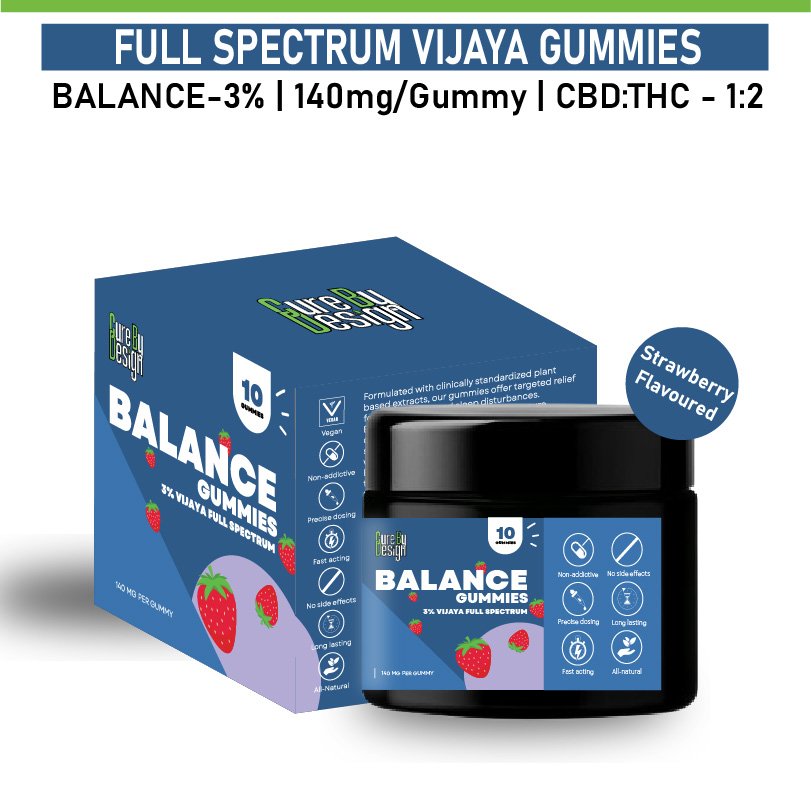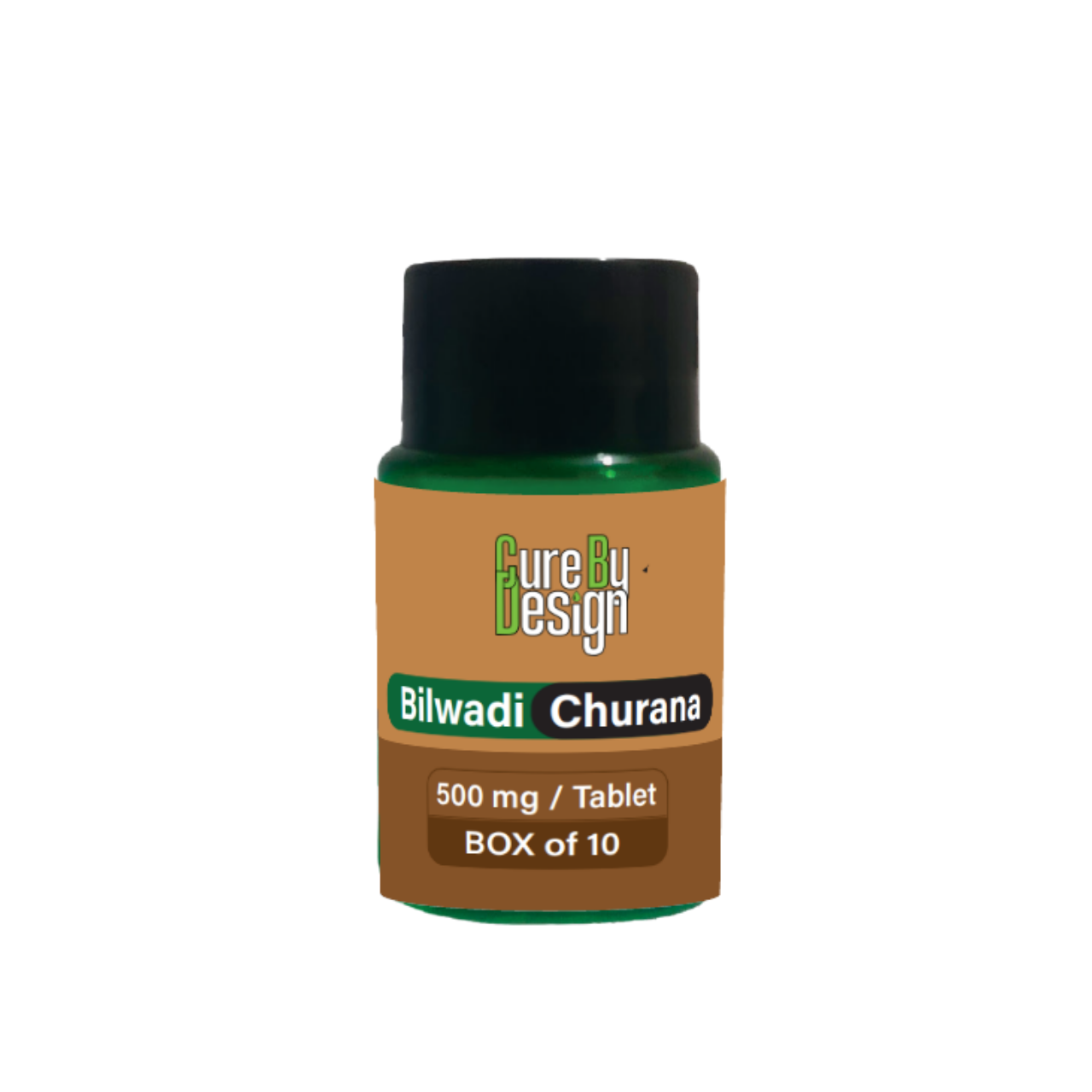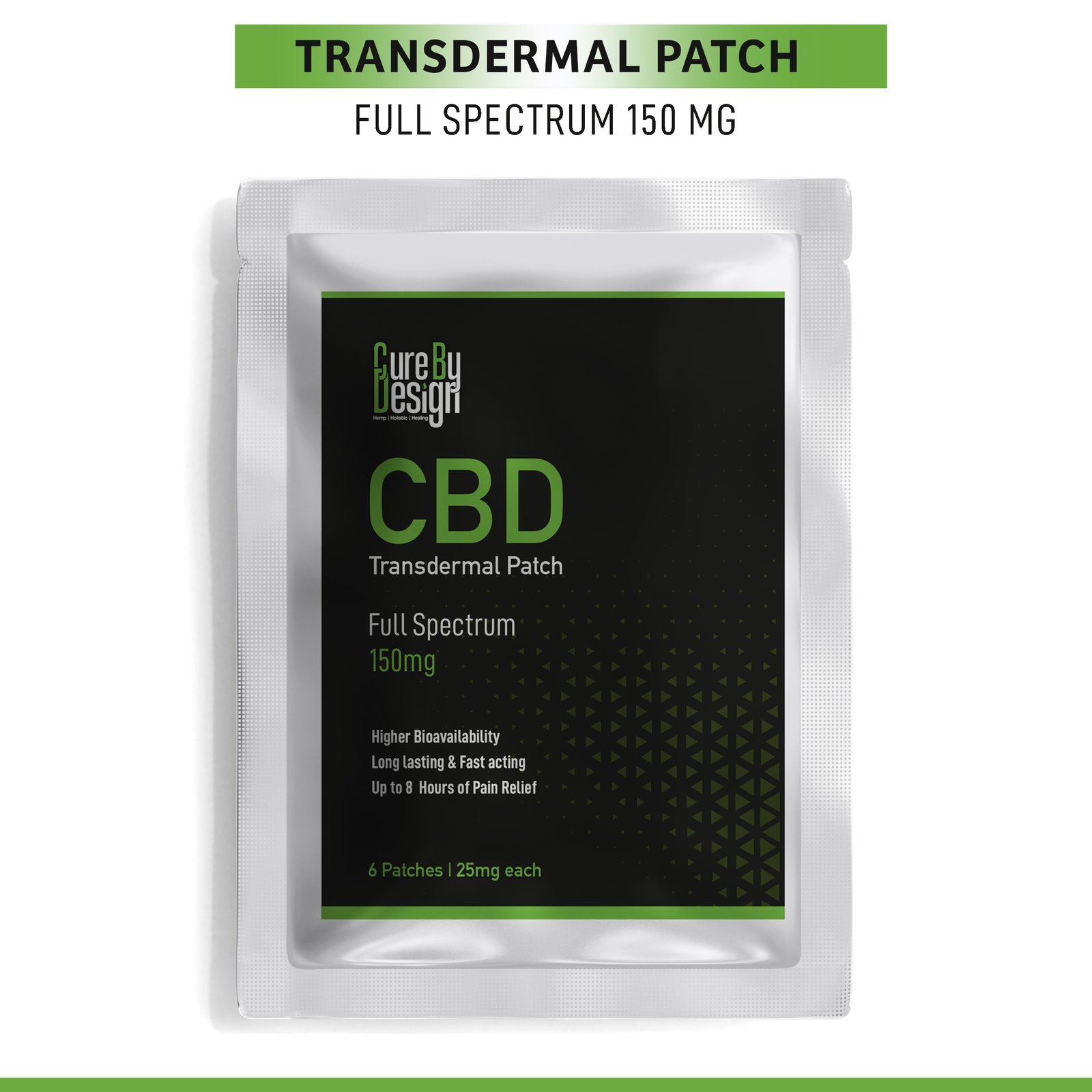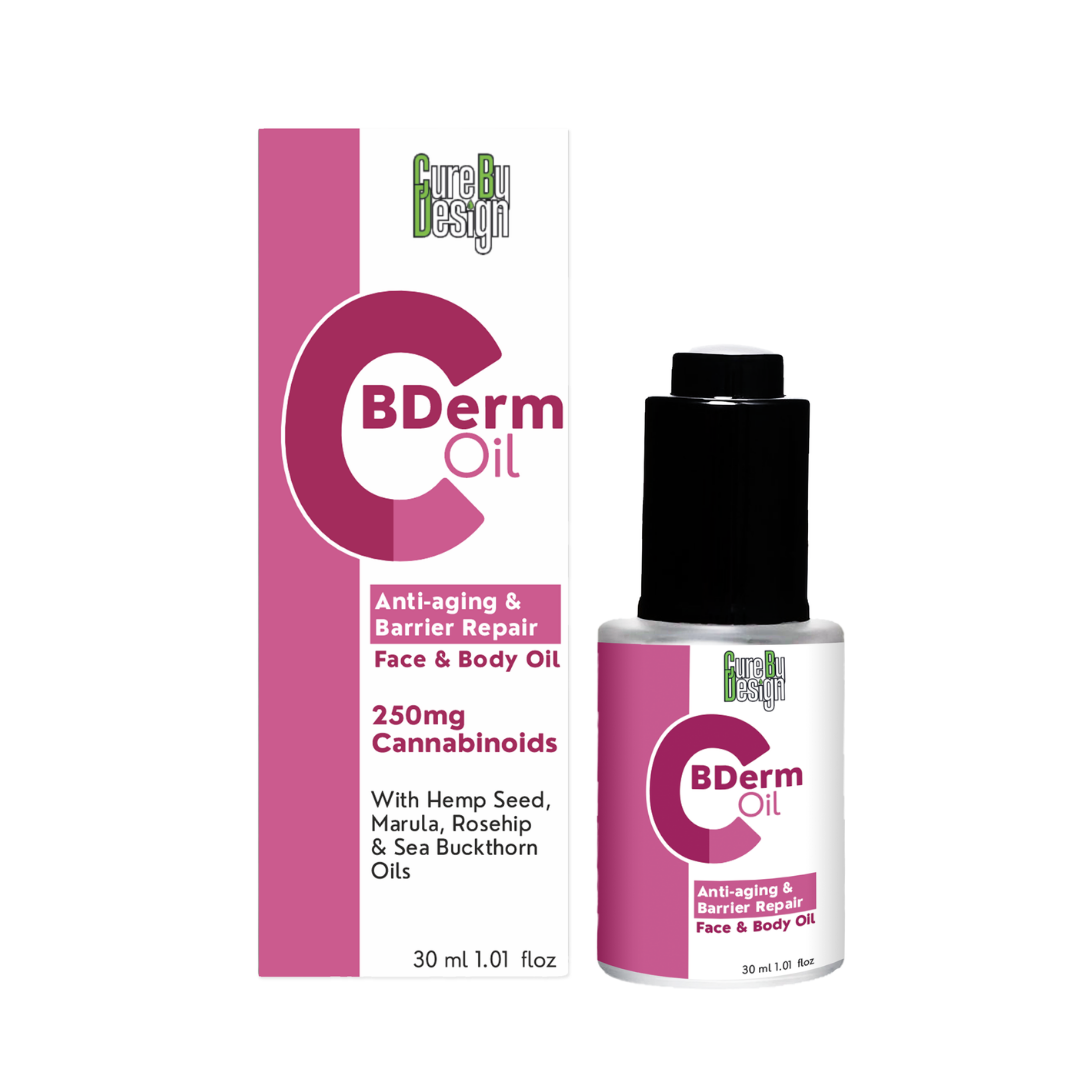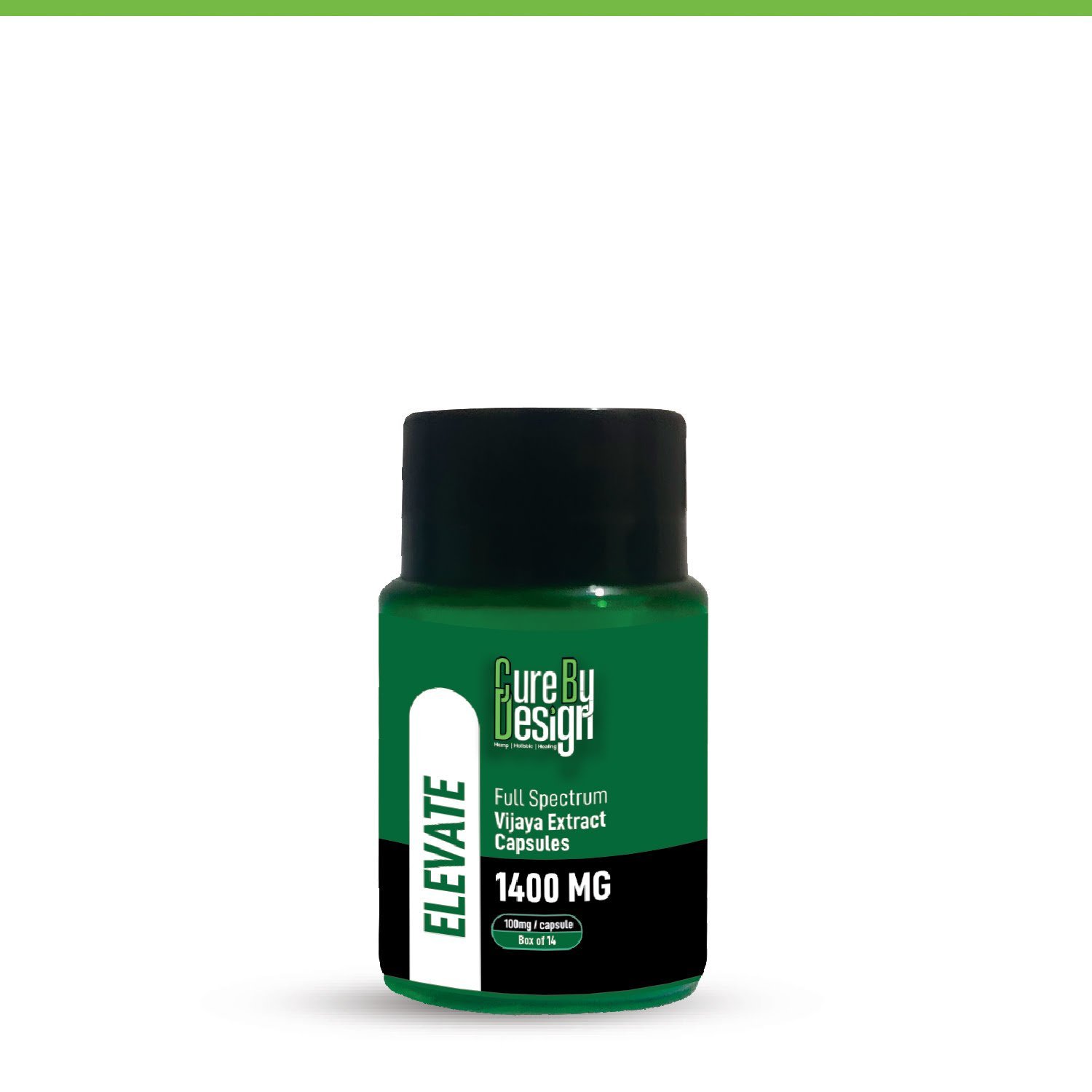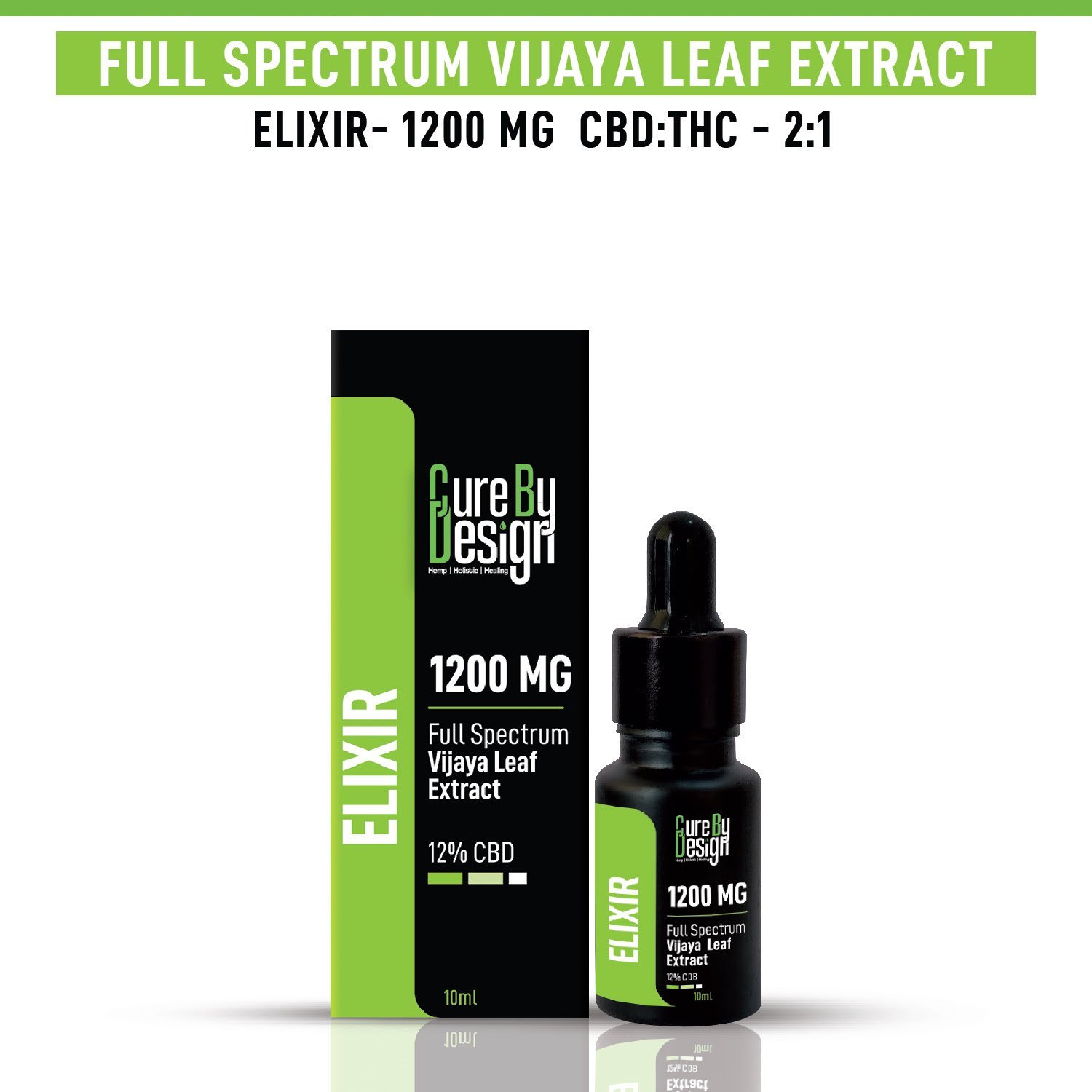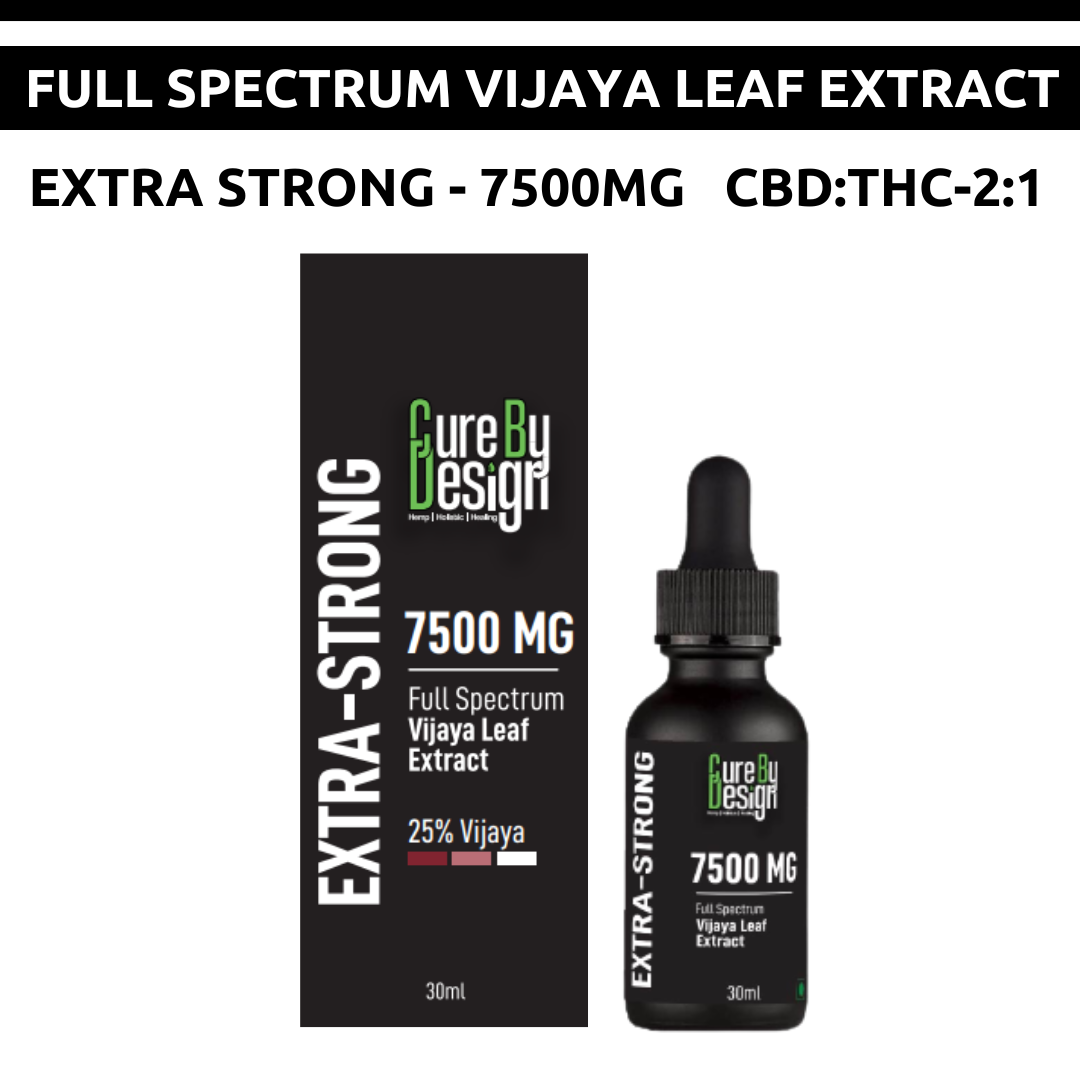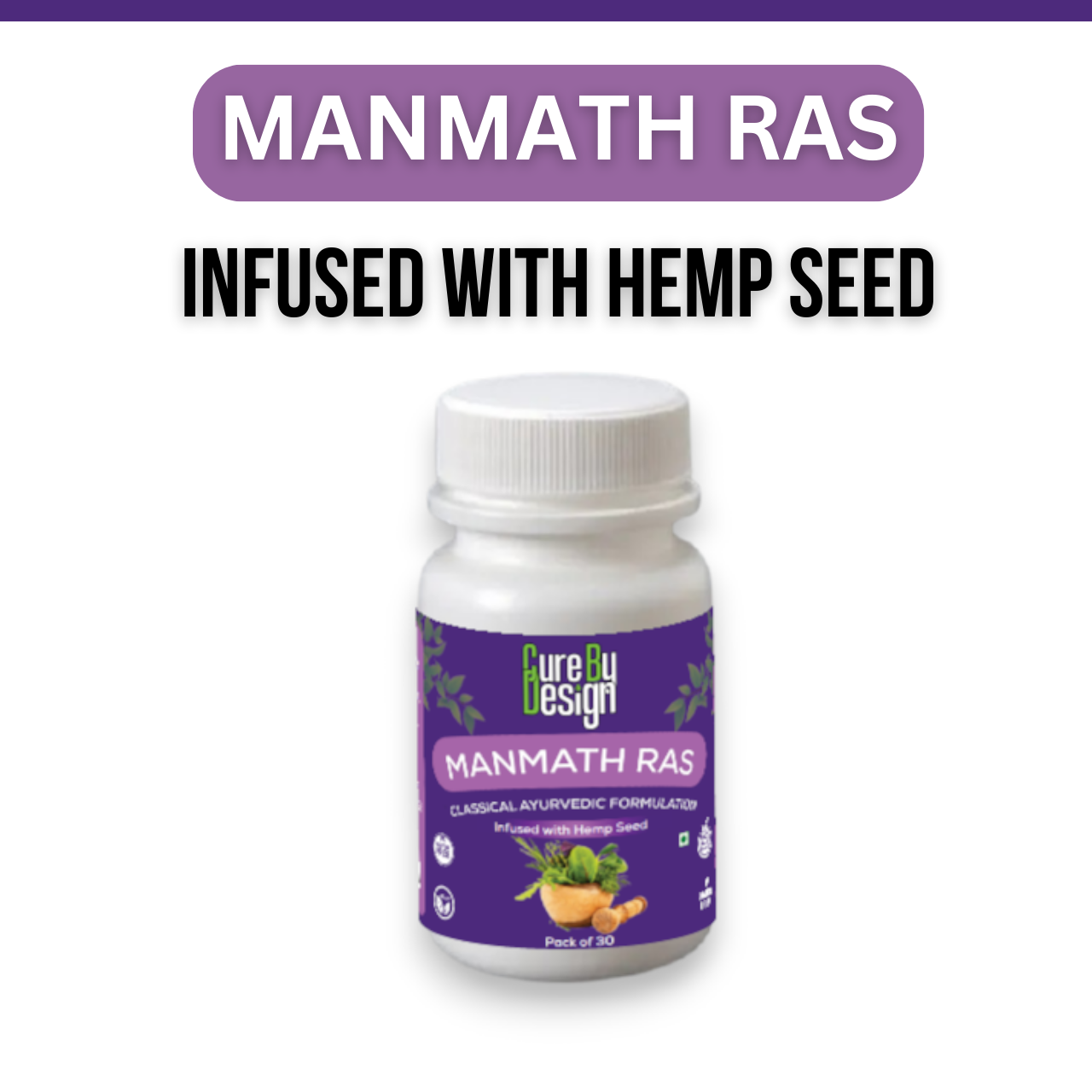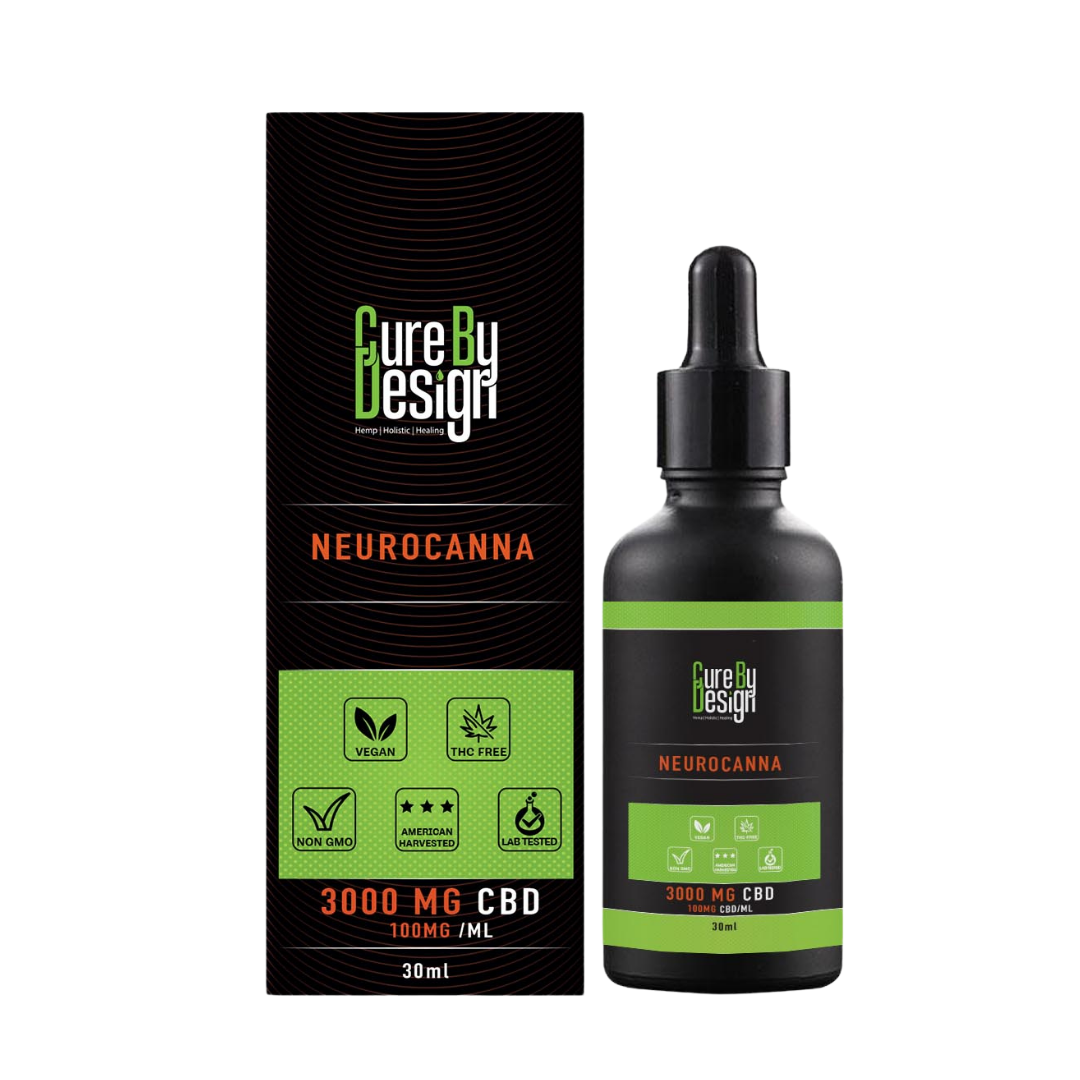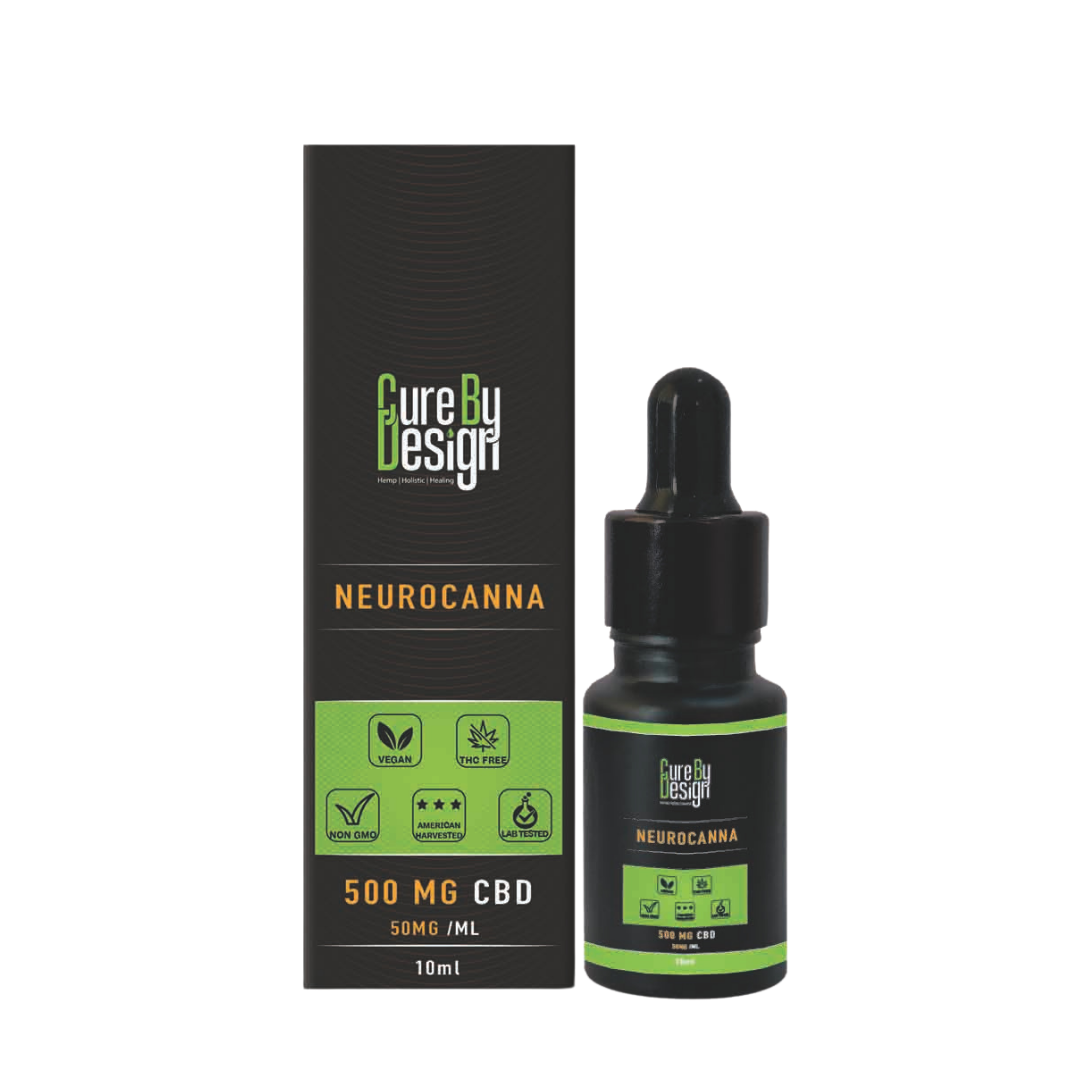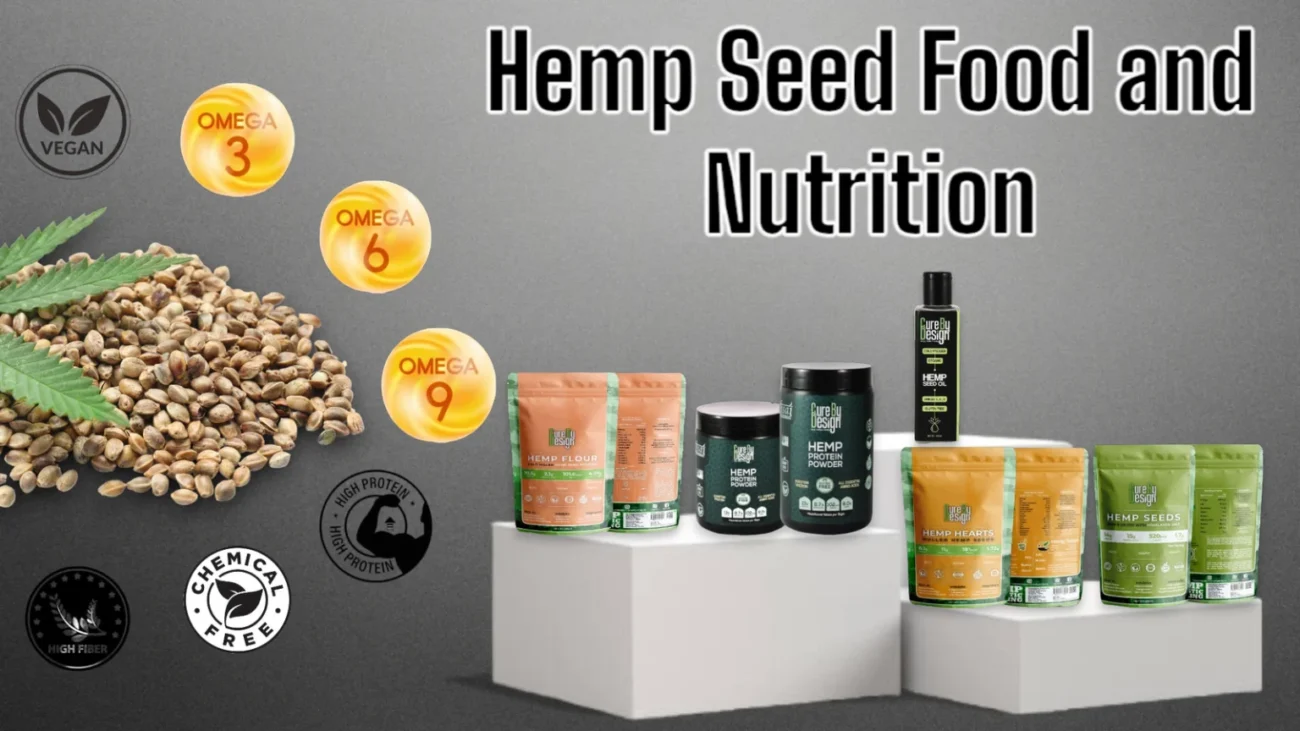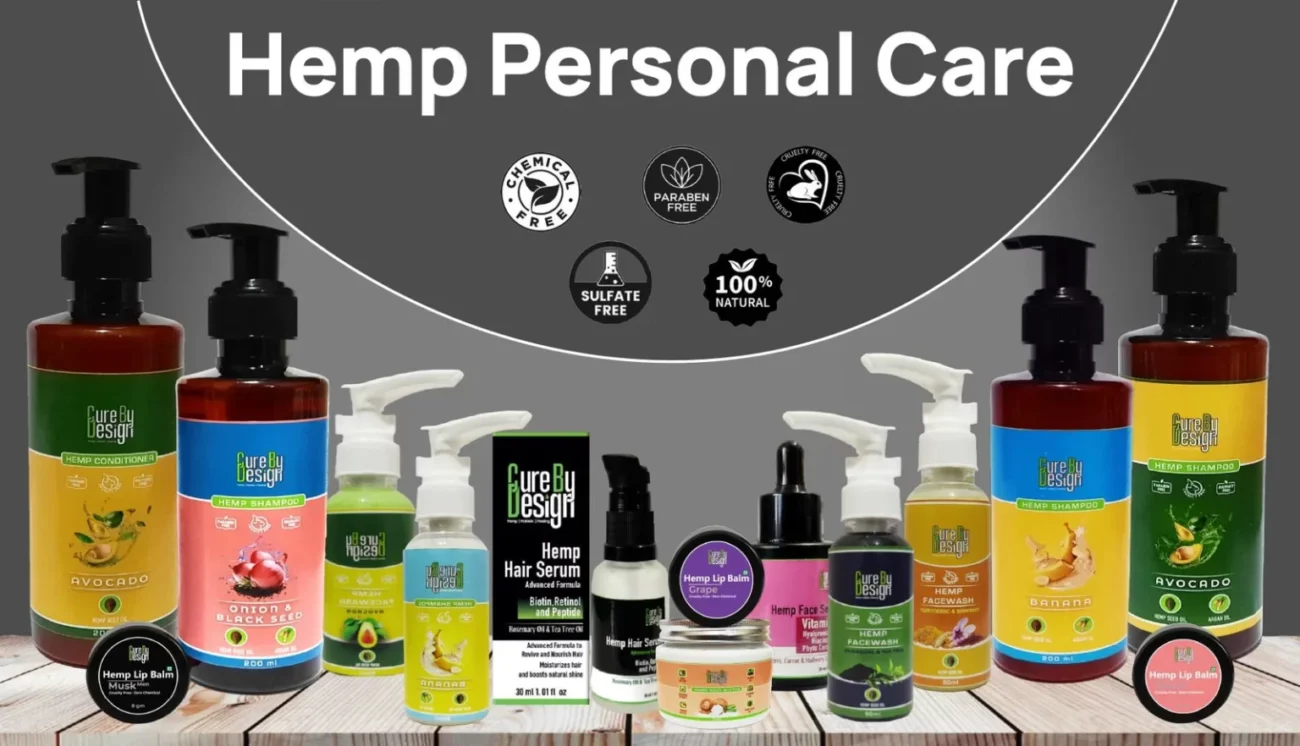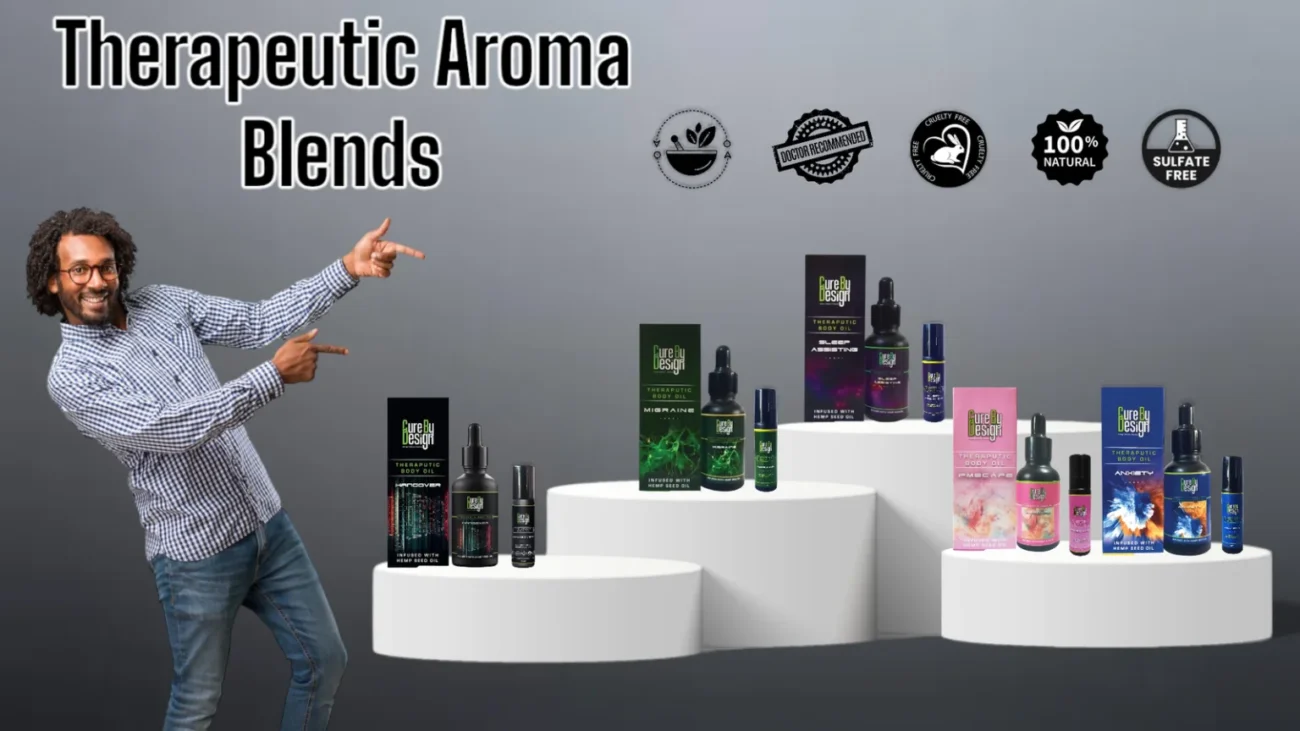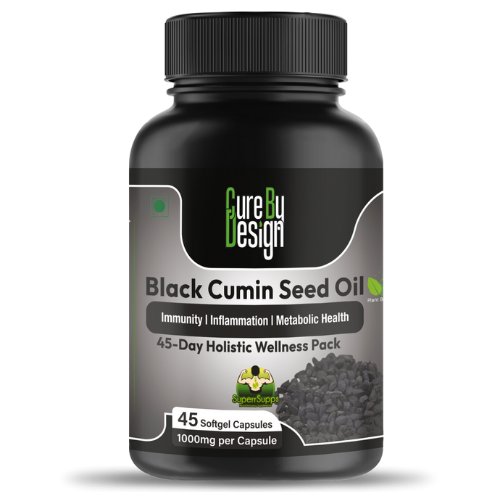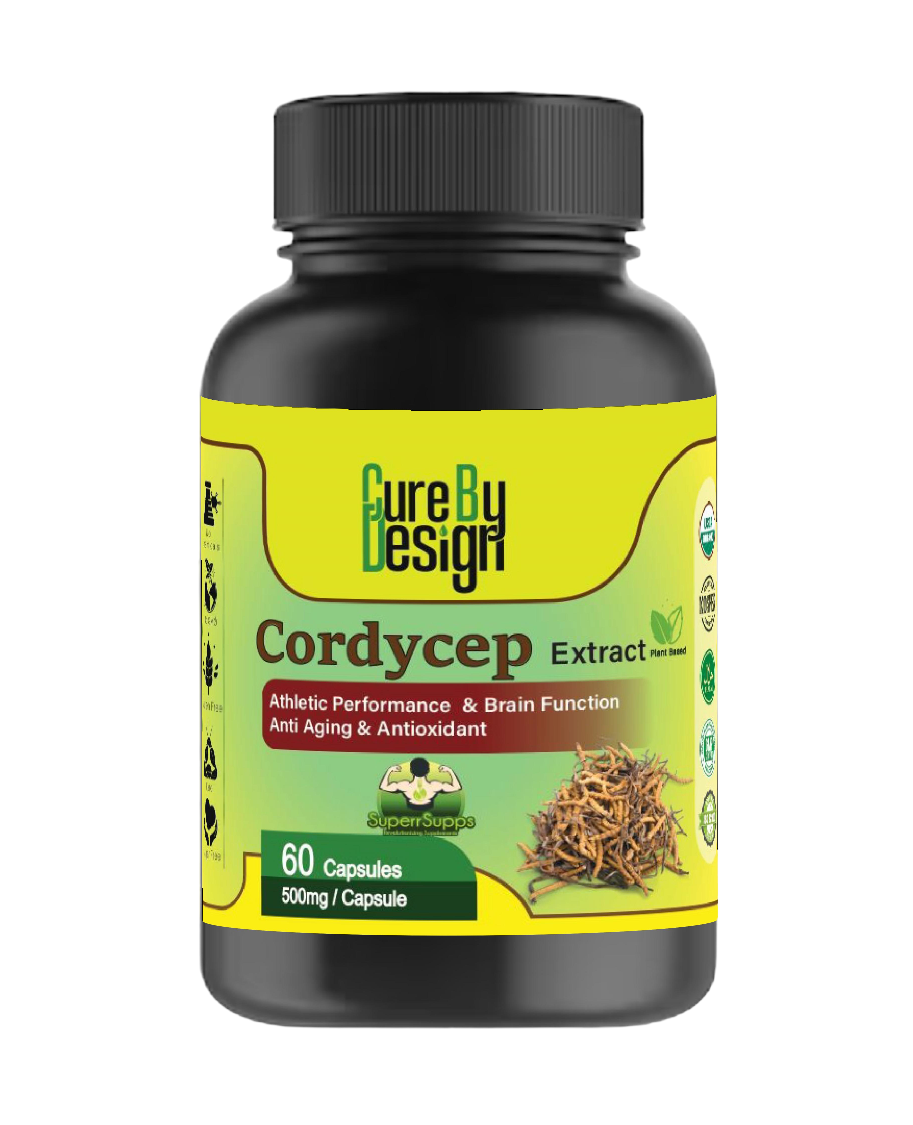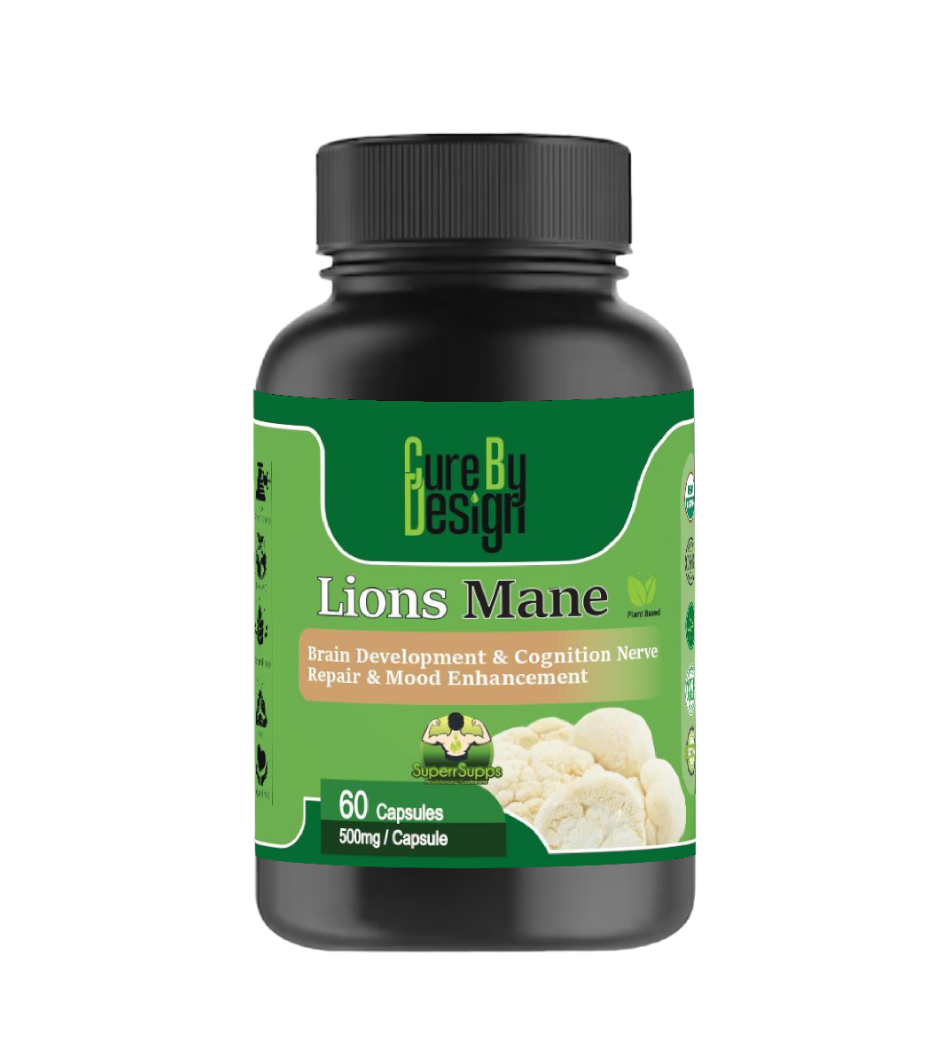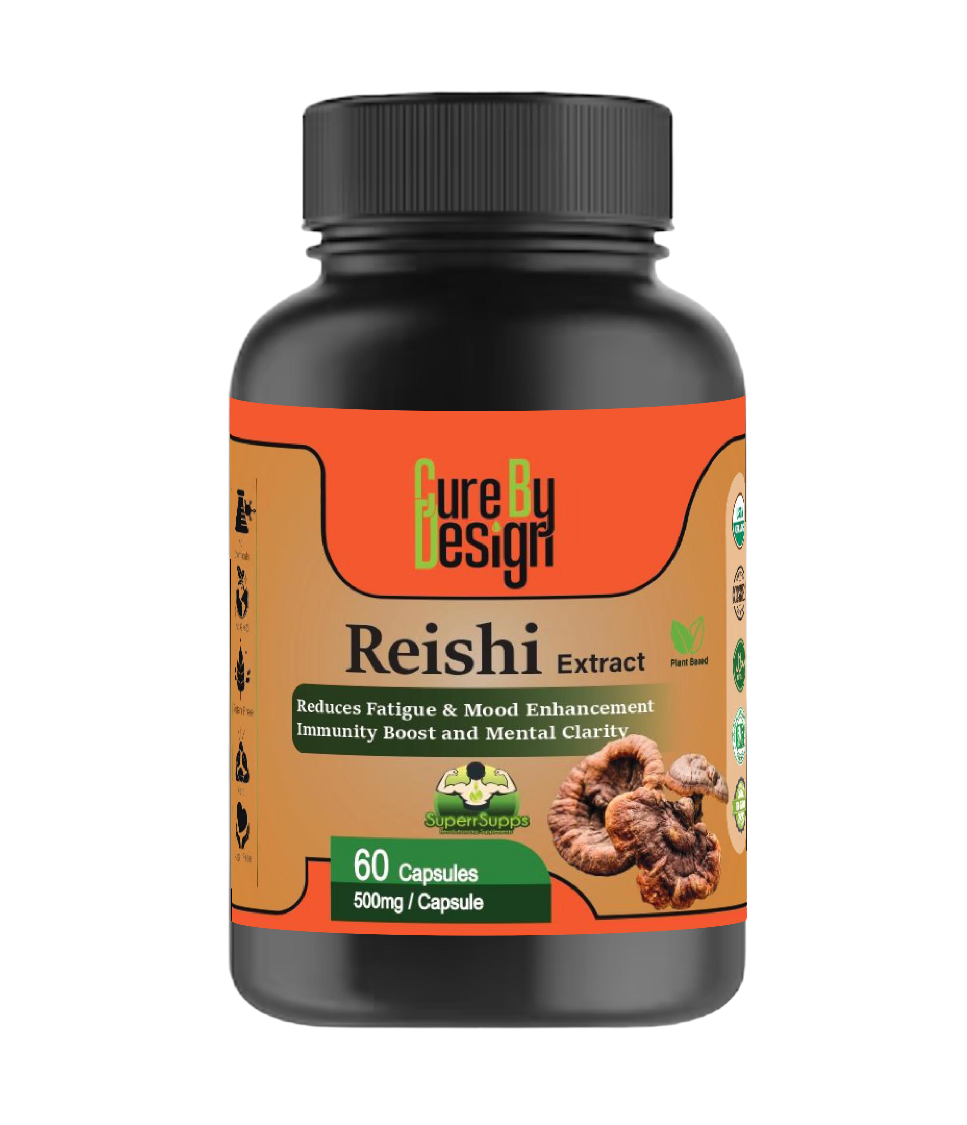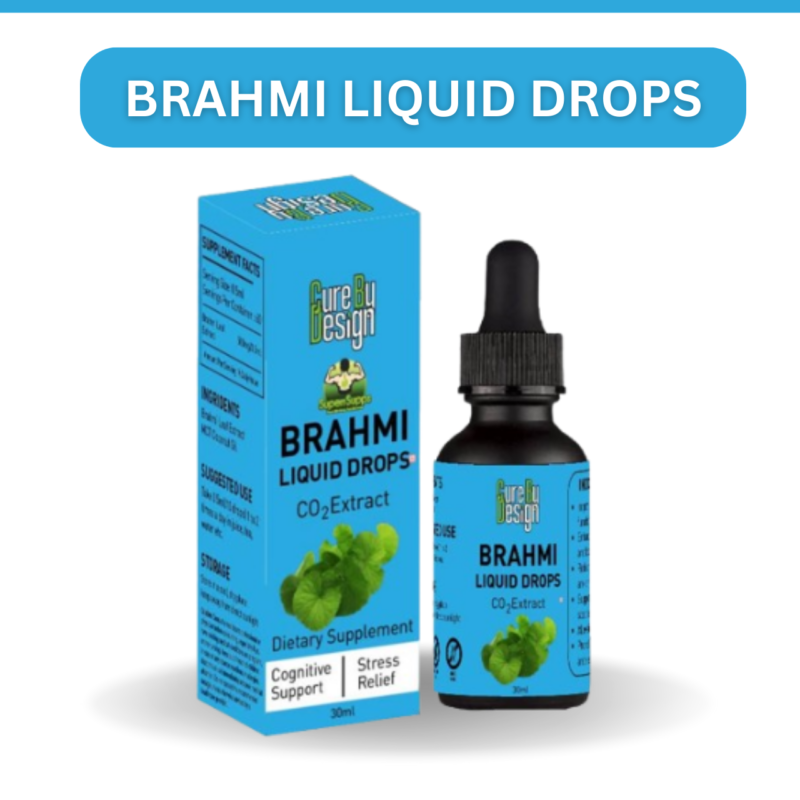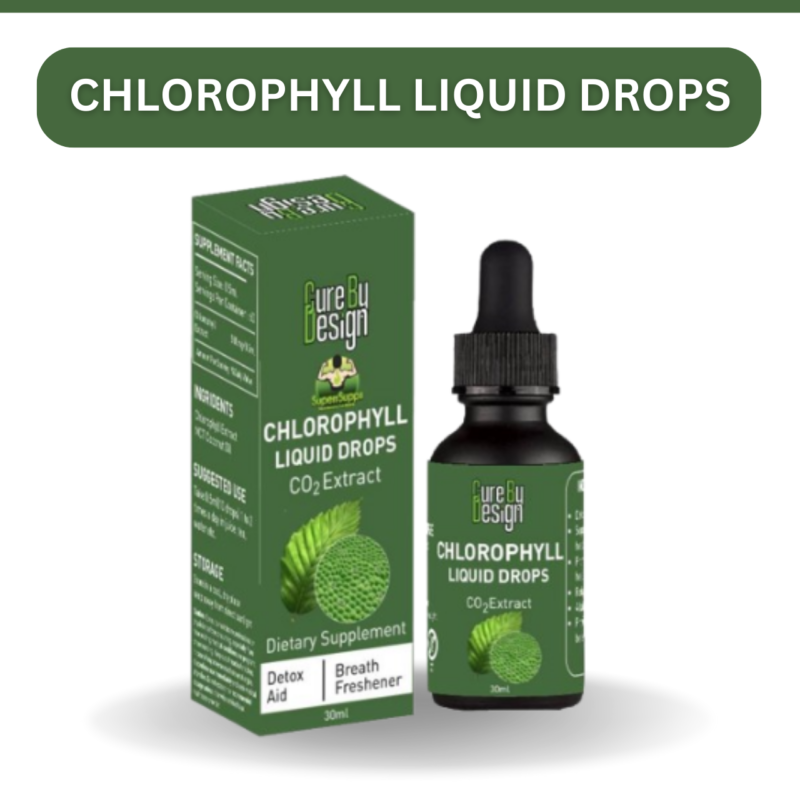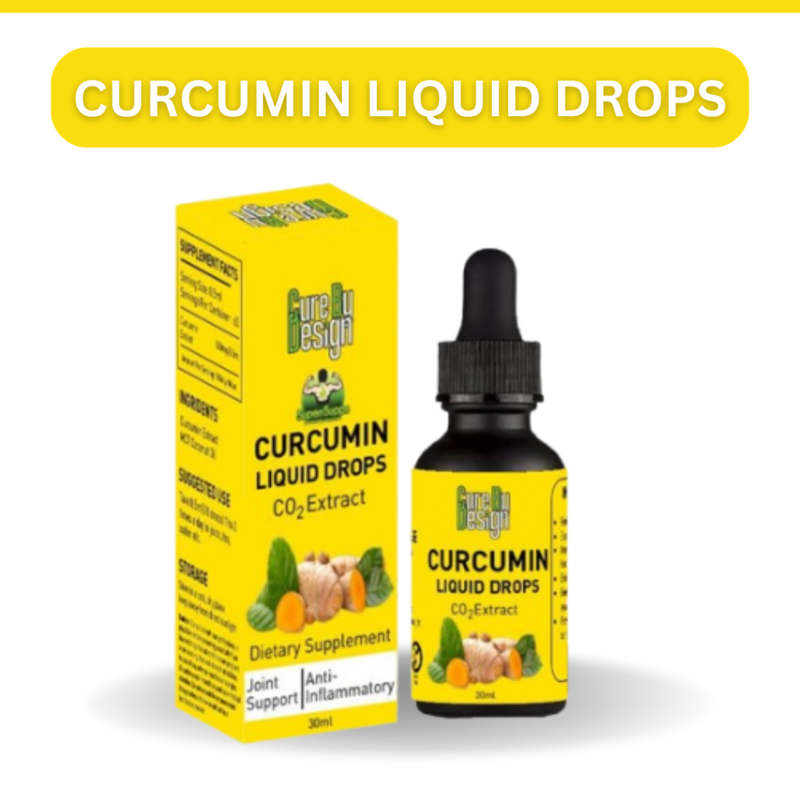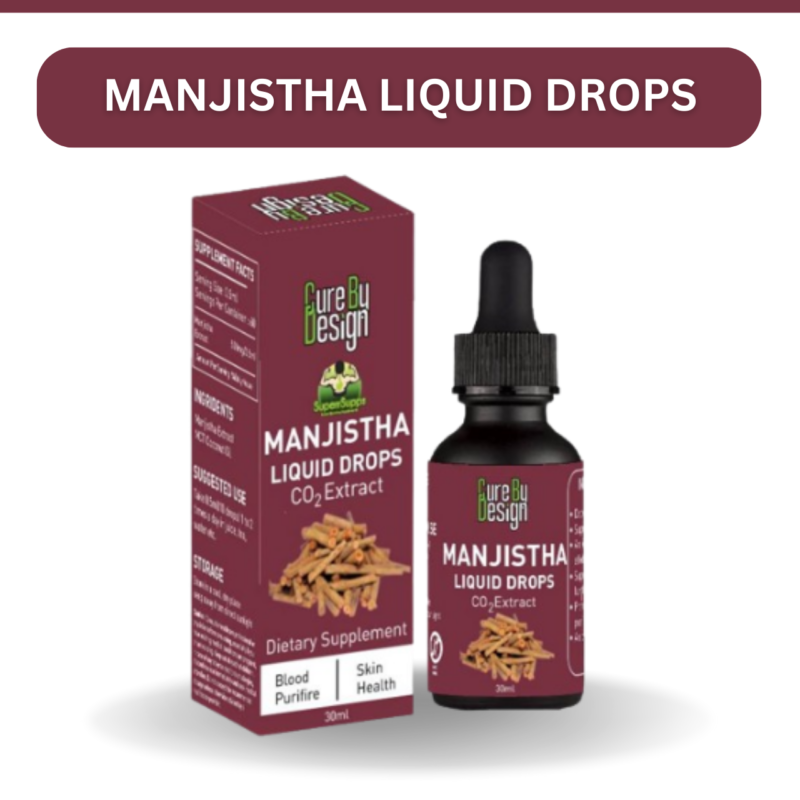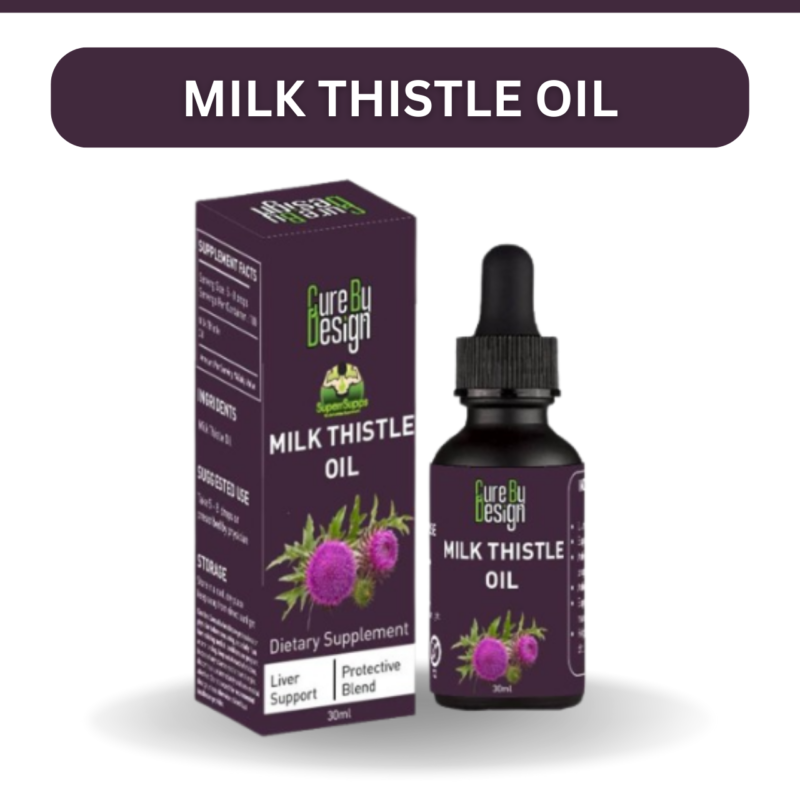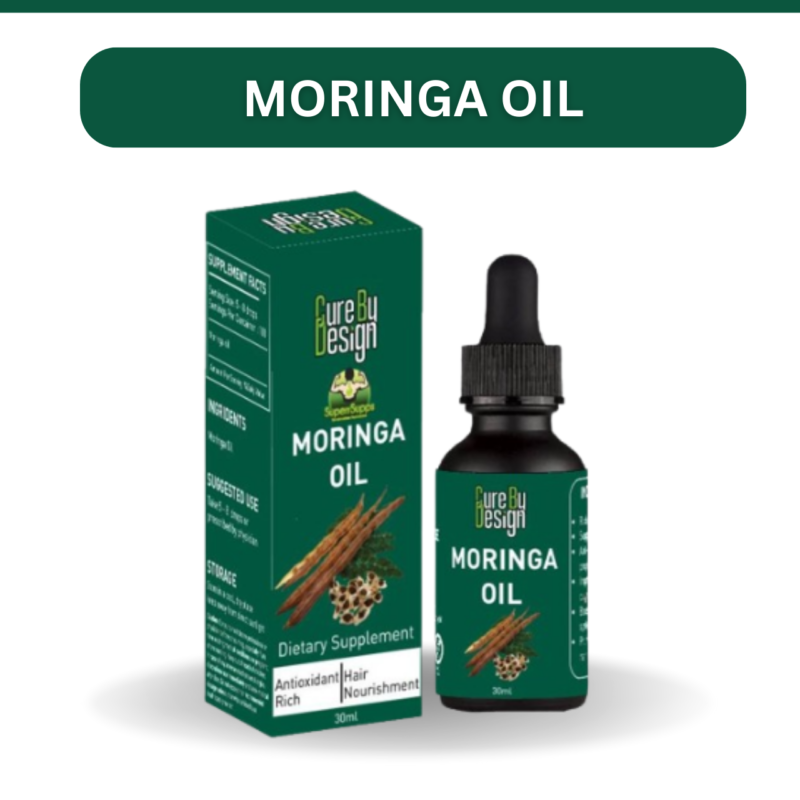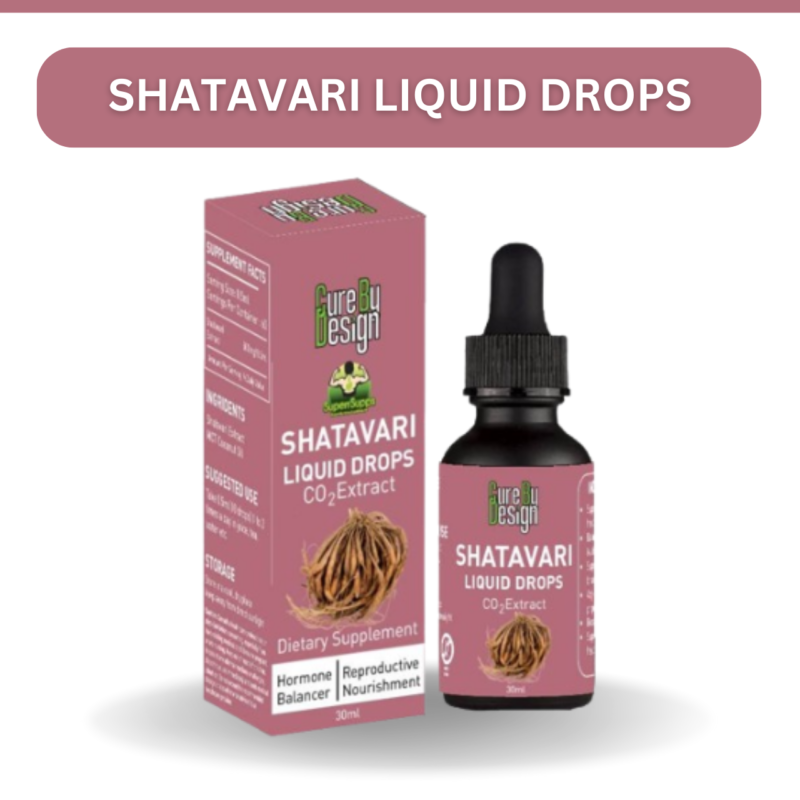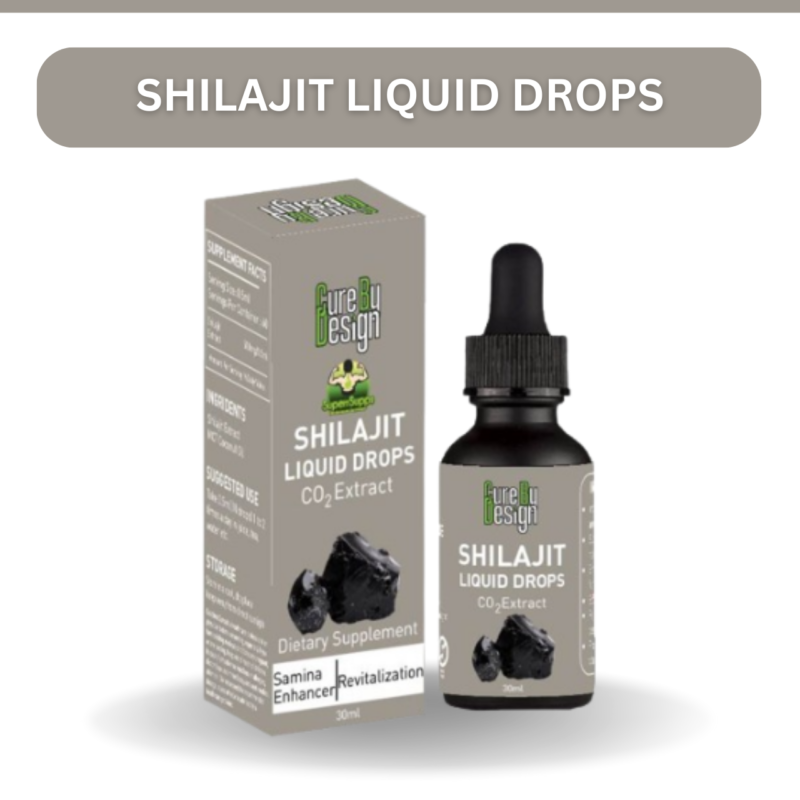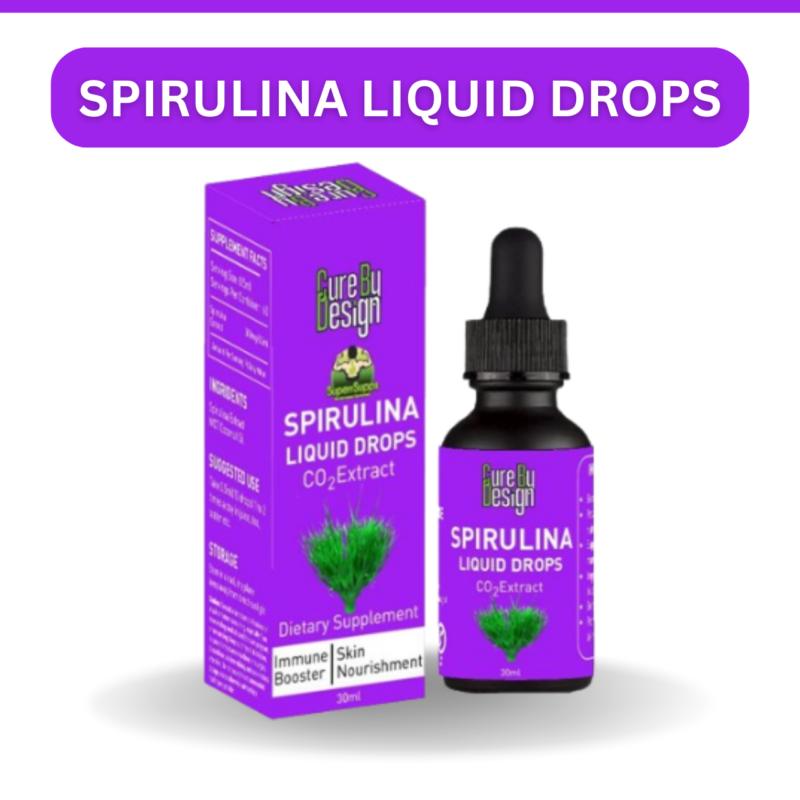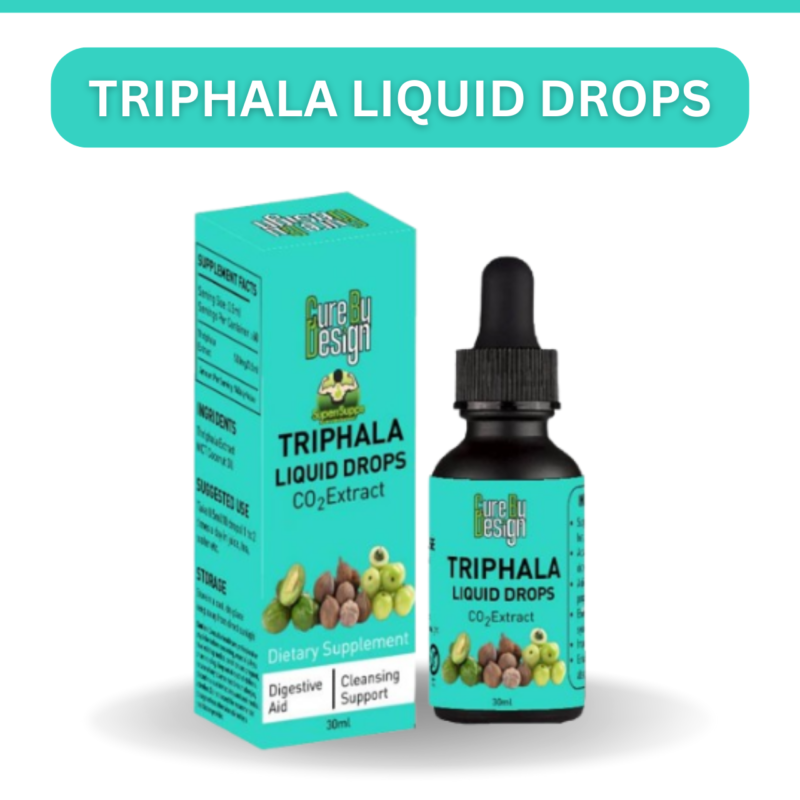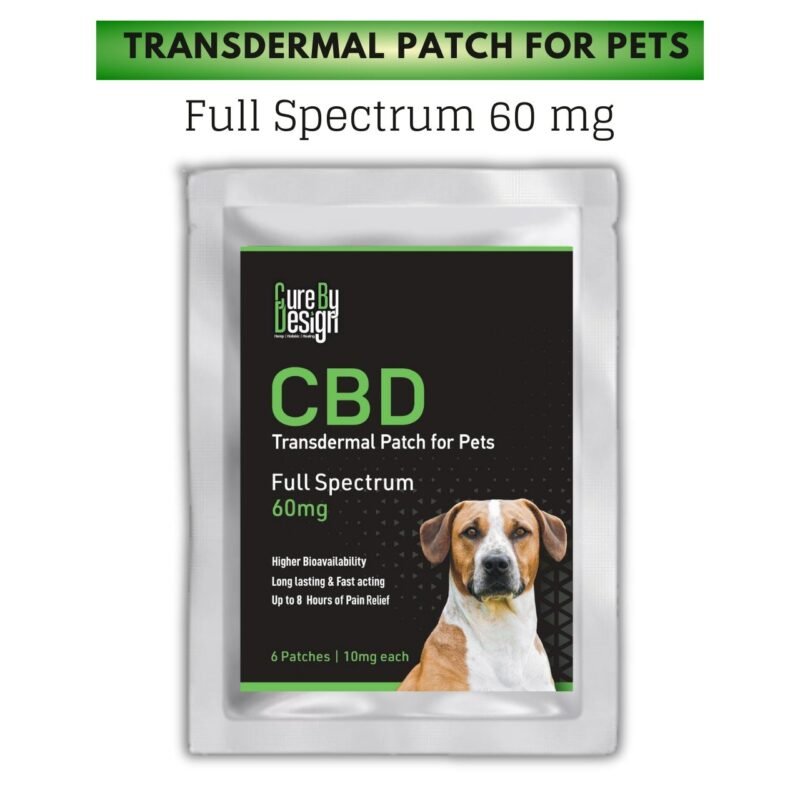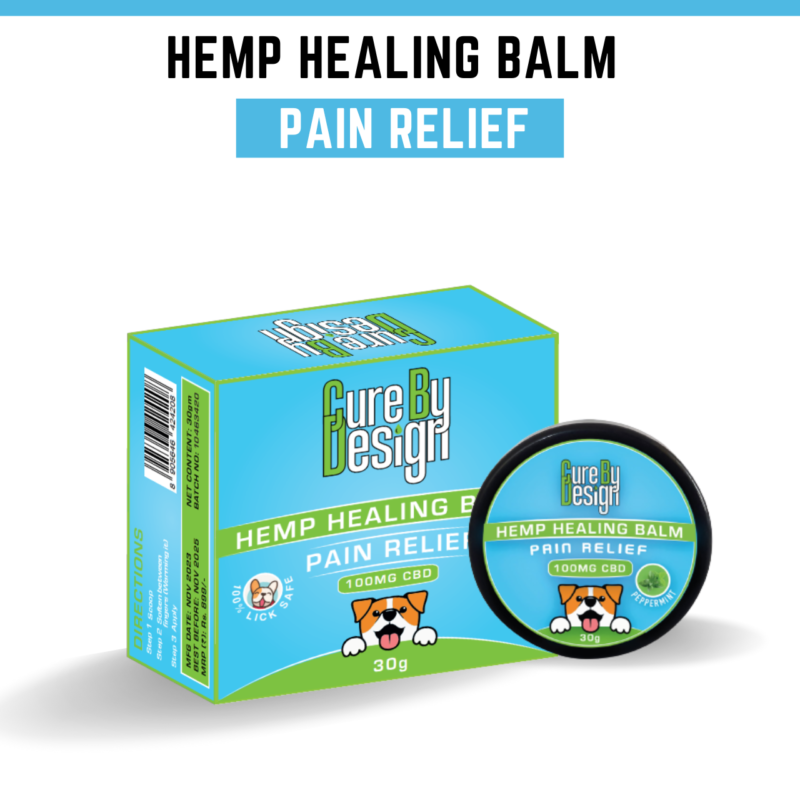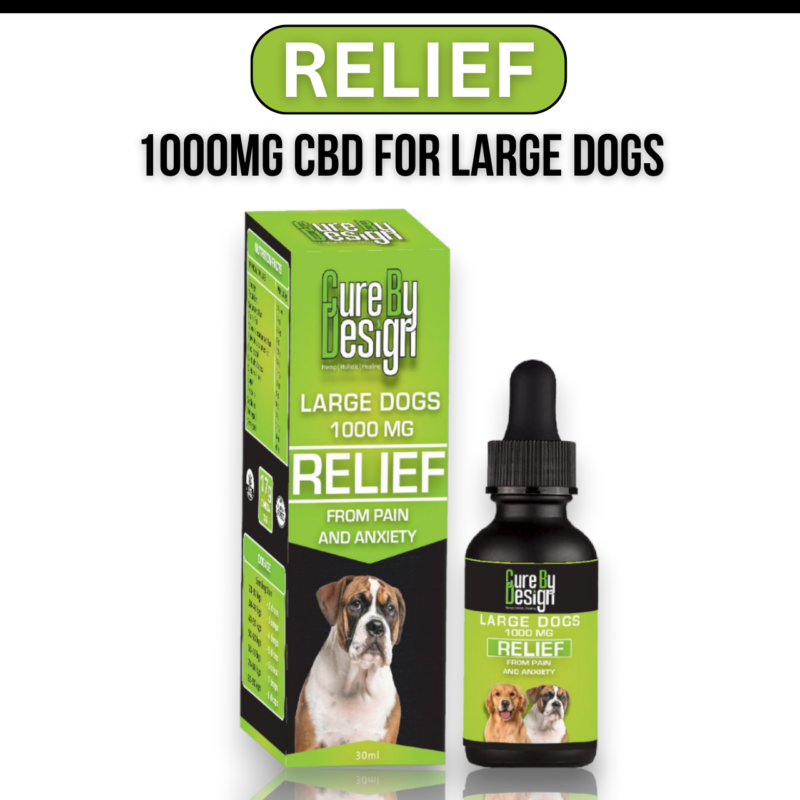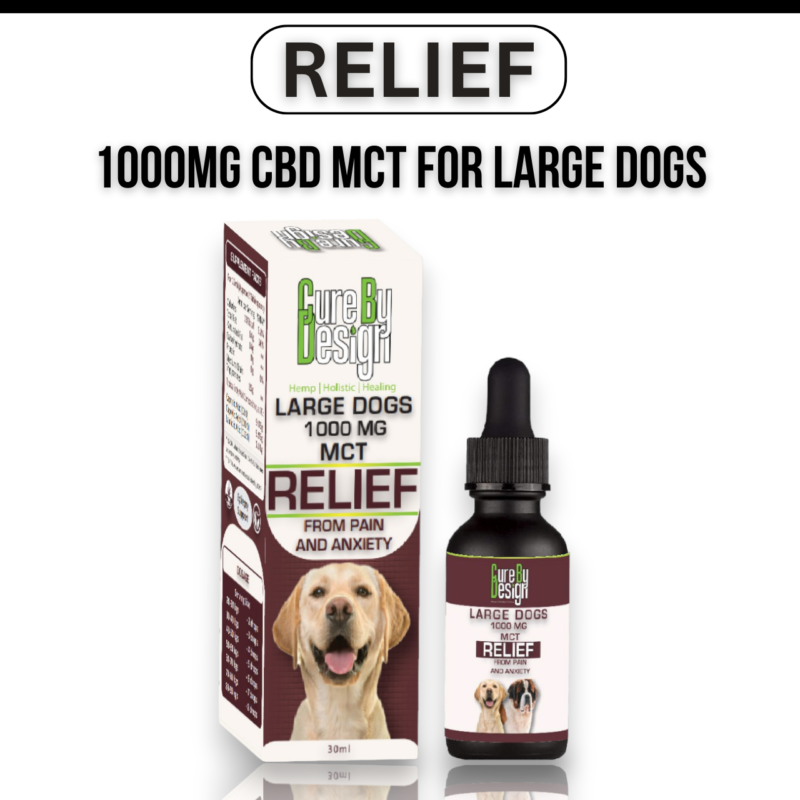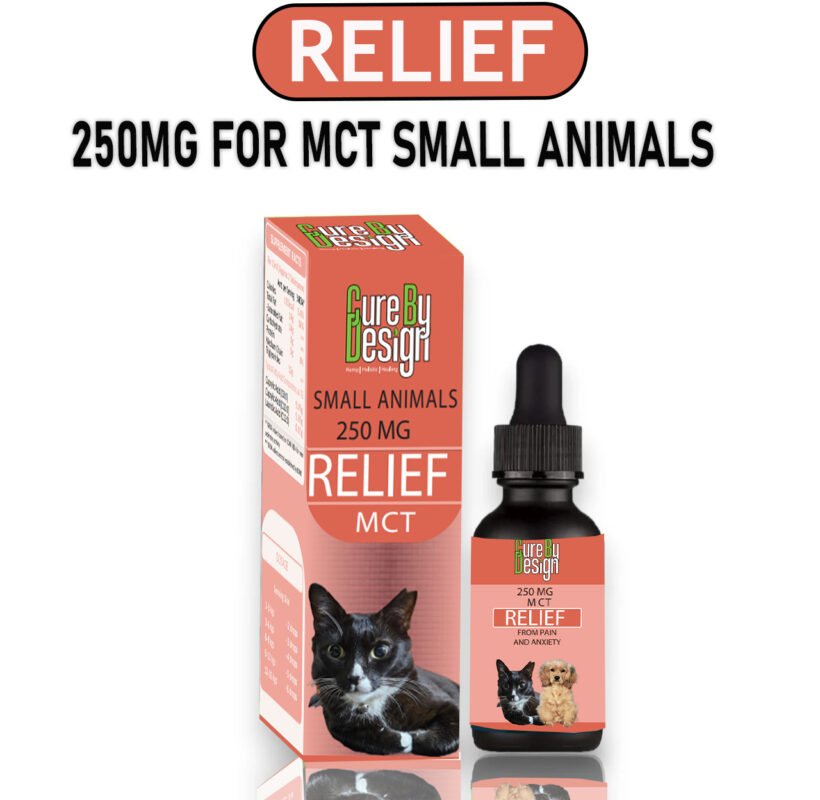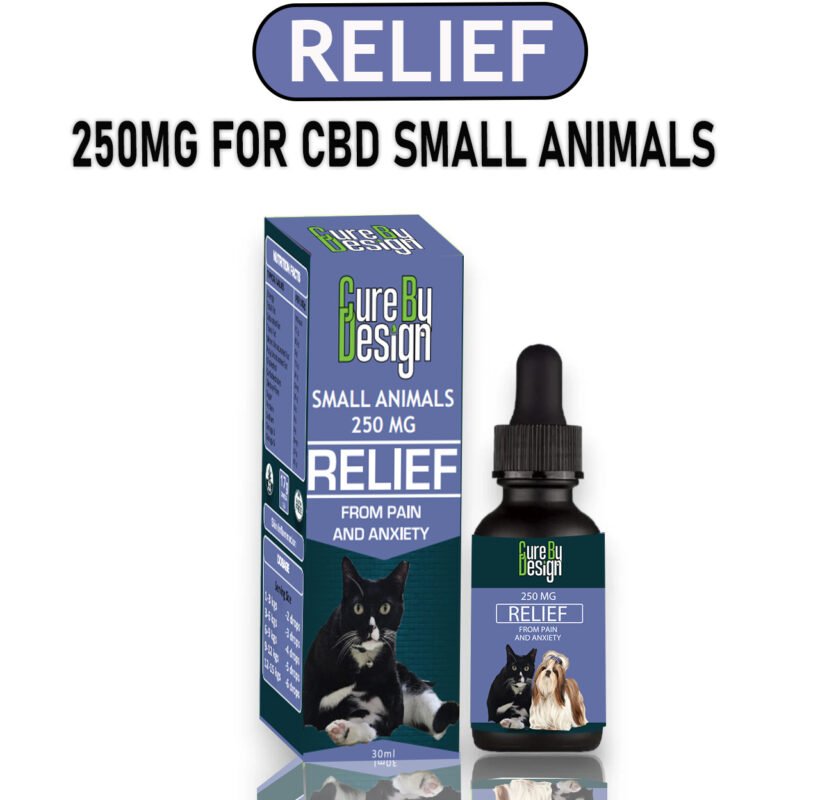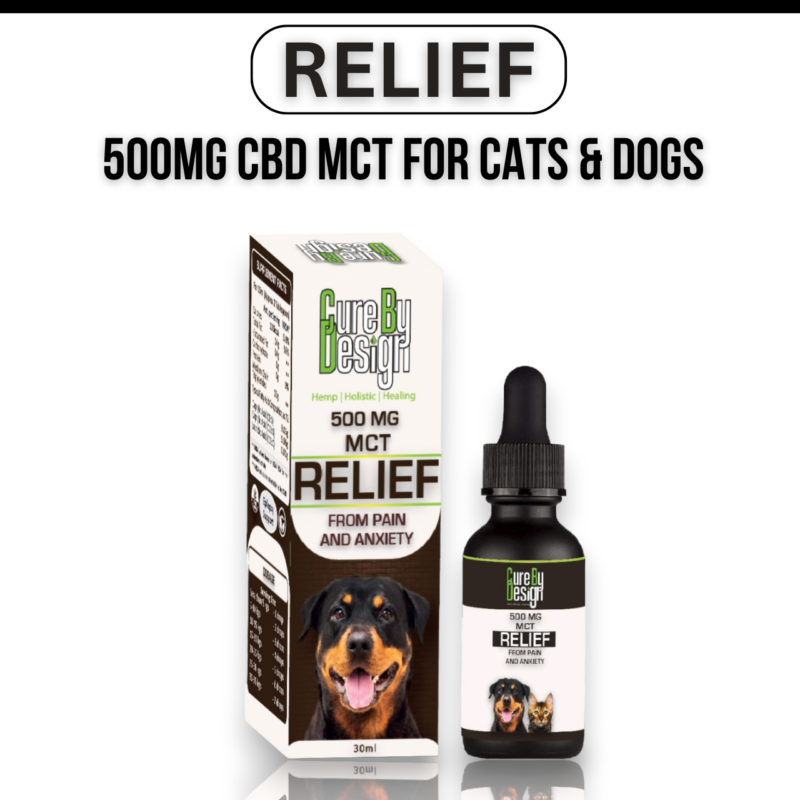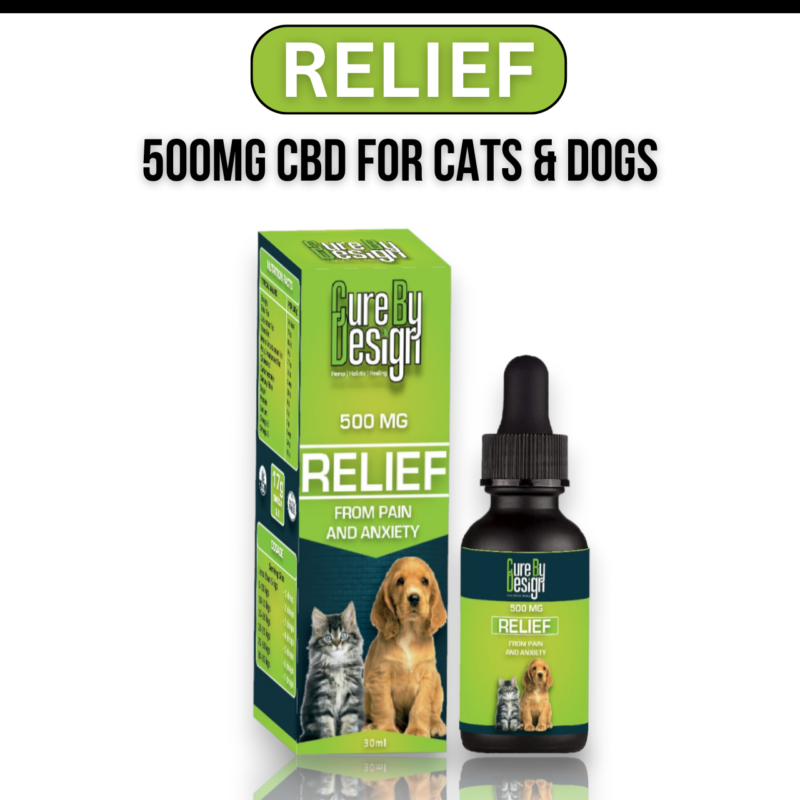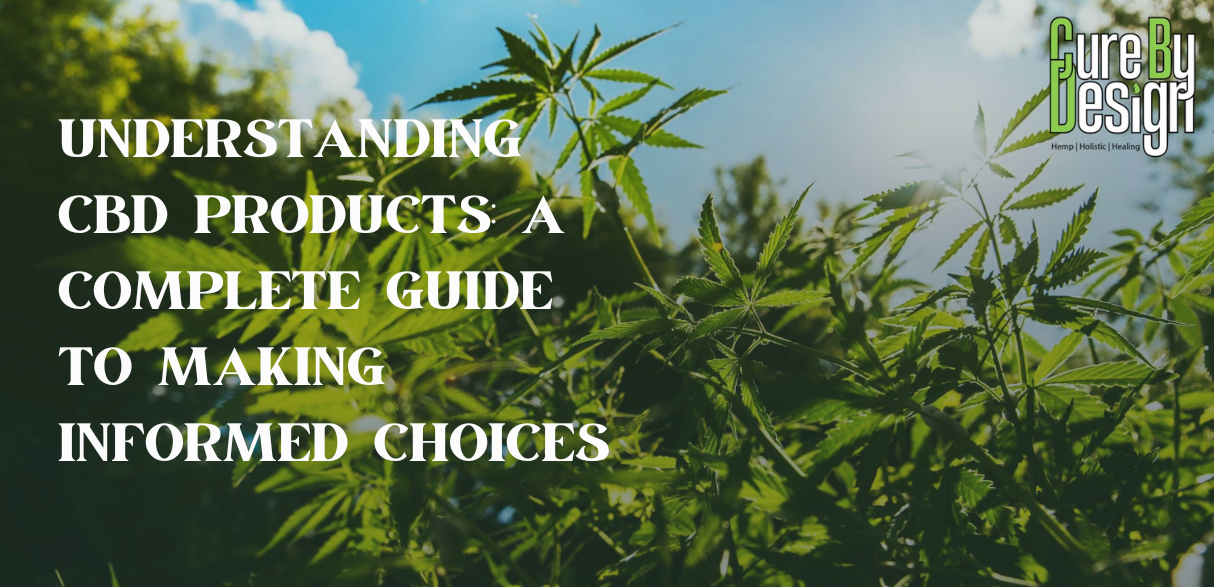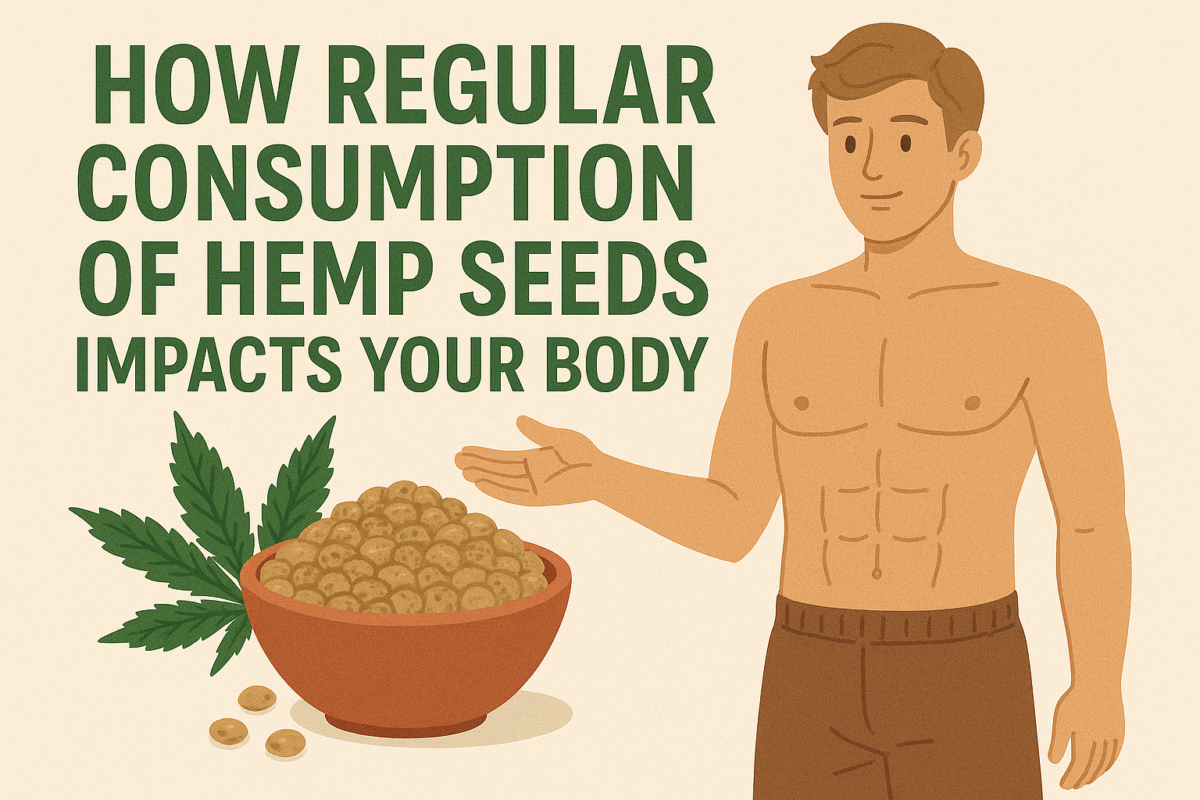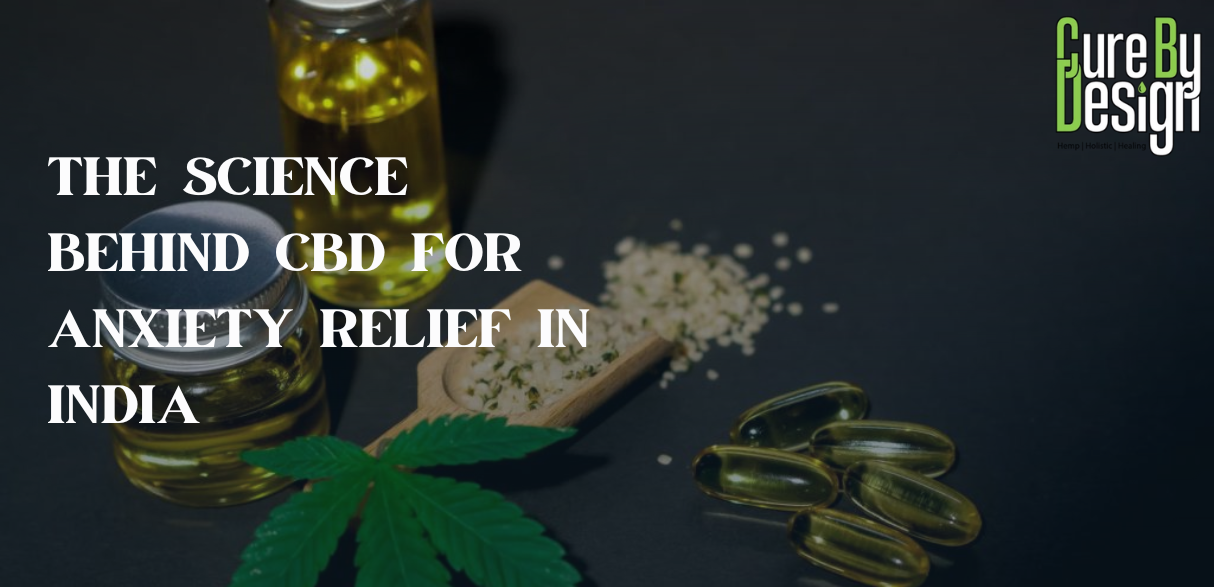Top 12 Applications of Hemp in Today’s World
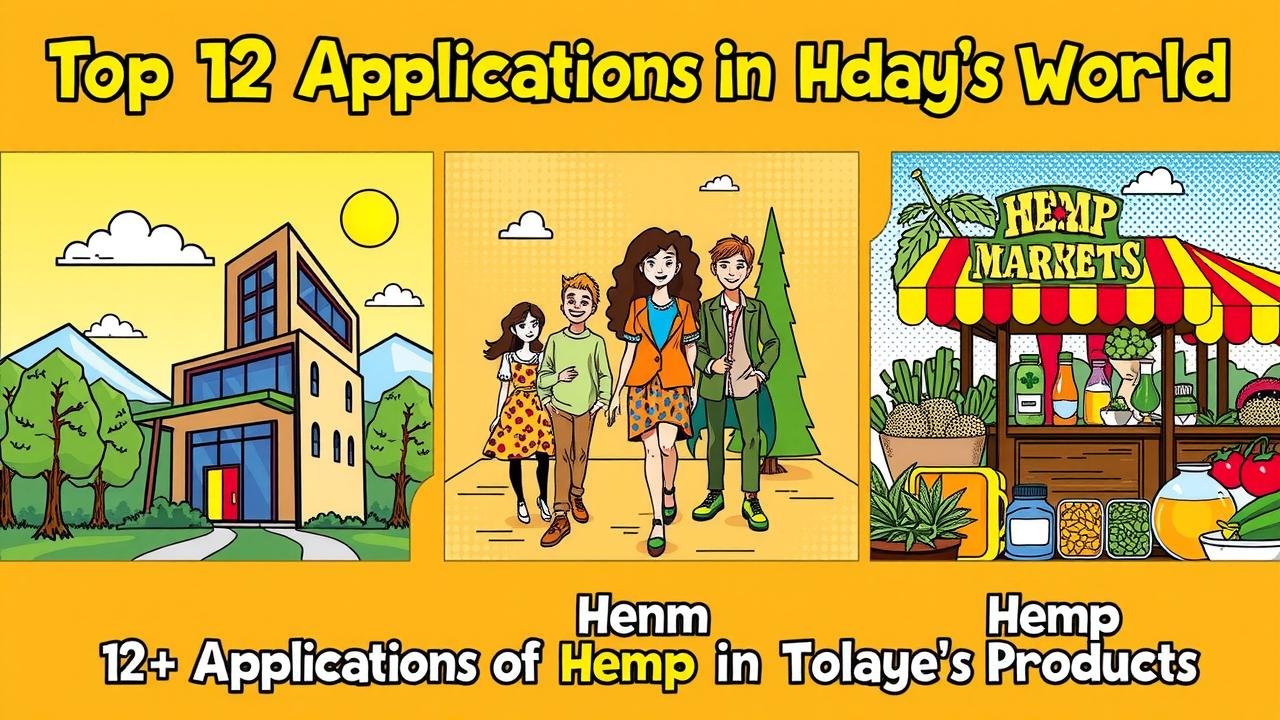
Hemp is making a significant impact in today’s world with its numerous applications. For example, its strong fibers are great for textiles, leading to eco-friendly clothing that’s breathable and biodegradable. In construction, hempcrete provides sustainable building materials that insulate well. Hemp also offers a solution for plastic pollution with biodegradable bioplastics and can be used to produce durable paper while helping reduce deforestation. Additionally, hemp seeds are packed with nutrients, making them popular in health foods. Its oil features prominently in cosmetics and skincare due to its soothing properties. From biofuels to animal bedding, the versatility of hemp proves valuable across many industries today.
1. Textiles: Strong and Eco-Friendly Hemp Fibers

Hemp fibers are increasingly recognized for their strength and durability, making them an excellent choice for textiles. Unlike cotton, hemp fabric is breathable, mold-resistant, and biodegradable, which significantly reduces its environmental impact. The cultivation of hemp requires less water and fewer pesticides compared to traditional crops, further enhancing its eco-friendly credentials. Hemp clothing is not only sustainable but also incredibly long-lasting, often becoming softer and more comfortable with each wash. Brands like Patagonia and Levi’s have started incorporating hemp into their clothing lines, showcasing how this versatile fiber can meet the demands of modern fashion while promoting a greener planet.
2. Building Materials: Sustainable Hempcrete Solutions
Hempcrete is emerging as a revolutionary building material that combines sustainability with performance. Made from a mixture of hemp hurds and lime, it creates a lightweight, insulating solution that offers excellent thermal properties. One of its standout features is its ability to regulate humidity, which contributes to healthier indoor environments. Unlike traditional concrete, hempcrete is not load-bearing, but when used in combination with other materials, it enhances energy efficiency in buildings. This makes it particularly appealing in the construction of eco-friendly homes. For instance, in France, several builders are now using hempcrete to create passive houses that require minimal energy for heating and cooling. Beyond its insulating qualities, hempcrete is also carbon-negative; it absorbs CO2 from the atmosphere during its growth, making it a significant player in reducing the carbon footprint of the construction industry.
3. Bioplastics: Hemp as an Alternative to Petroleum
Hemp is emerging as a powerful alternative to petroleum-based plastics through the development of bioplastics. These bioplastics are derived from the cellulose found in hemp fibers, making them biodegradable and more environmentally friendly than traditional plastics. For instance, products made from hemp bioplastics can decompose in a matter of months, whereas conventional plastics can take hundreds of years to break down, contributing to landfill waste and pollution. Companies are increasingly looking to hemp-based materials for packaging, containers, and even automotive parts. Not only do these hemp bioplastics reduce reliance on fossil fuels, but they also lower carbon emissions during production. As consumer demand for sustainable products grows, the adoption of hemp as a raw material for bioplastics is poised to increase, offering a practical solution to the environmental challenges posed by plastic waste.
4. Paper Products: Durable Hemp Paper Production
Hemp paper is made from the fibers of the hemp plant and is known for its strength and durability. Unlike traditional wood-based paper, hemp paper can withstand wear and tear much better, making it ideal for products like books, stationery, and packaging. The process of producing hemp paper is also more environmentally friendly, as it requires fewer chemicals and less water compared to wood pulp. Additionally, using hemp for paper can significantly reduce deforestation, as it can be cultivated in a shorter time frame and on less land. For example, a single acre of hemp can produce as much paper as four acres of trees, and it can be harvested every year, while trees take decades to mature. This makes hemp paper not only a sustainable choice but also a more responsible one for preserving our forests.
5. Biofuel: Renewable Energy from Hemp Seeds
Hemp seeds and oil can be converted into biodiesel and other forms of biofuels, offering a sustainable alternative to fossil fuels. This process not only reduces our reliance on non-renewable energy sources but also helps in lowering greenhouse gas emissions. For example, biodiesel made from hemp can power vehicles and machinery, contributing to cleaner air and a healthier planet. Additionally, hemp biofuels can be produced efficiently, as the plant grows quickly and requires less water compared to traditional crops used for biofuel production. By harnessing the energy potential of hemp, we can move towards a more environmentally friendly energy landscape.
| Type | Description | Benefits |
|---|---|---|
| Biodiesel | Produced from hemp seeds and oil | Renewable energy source, reduces greenhouse gas emissions |
| Bioethanol | Fermentation of sugars from hemp biomass | Alternative fuel, contributes to energy independence |
| Biogas | Anaerobic digestion of hemp material | Biogas generation from organic waste |
6. Food Products: Nutrient-Rich Hemp Seeds
Hemp seeds are becoming increasingly popular in the health food market due to their impressive nutritional profile. These tiny seeds are packed with essential fatty acids, particularly omega-3 and omega-6, which are crucial for heart health. They are also an excellent source of plant-based protein, containing all nine essential amino acids, making them a perfect addition to vegan and vegetarian diets. In addition to proteins and fats, hemp seeds are rich in vitamins and minerals, including vitamin E, magnesium, phosphorus, and potassium.
Many people incorporate hemp seeds into their diets by adding them to smoothies, salads, or yogurt, or using them in baking. Hemp seed oil, pressed from the seeds, is also popular for its nutty flavor and health benefits, often used in salad dressings or as a finishing oil. With the rise in health consciousness, hemp seeds are not just a food product; they represent a sustainable source of nutrition that supports overall health.
- High in protein content
- Rich source of essential fatty acids (Omega 3 and Omega 6)
- Packed with vitamins and minerals like Vitamin E and magnesium
- Contains fiber that aids in digestion
- May help reduce inflammation
- Supports heart health
- Versatile ingredient for smoothies, salads, and baking
7. Cosmetics and Personal Care: Benefits of Hemp Oil
Hemp oil is gaining popularity in the cosmetics and personal care industry due to its numerous skin benefits. Rich in essential fatty acids, vitamins, and antioxidants, it acts as a superb moisturizer, helping to hydrate the skin without clogging pores. This makes it ideal for various skin types, including oily and acne-prone skin. Hemp oil is also known for its anti-inflammatory properties, making it effective in soothing conditions like eczema and psoriasis, providing relief from irritation and redness. Additionally, its high content of omega-3 and omega-6 fatty acids promotes skin elasticity and may aid in reducing the appearance of fine lines and wrinkles. Many brands incorporate hemp oil into products such as lotions, creams, and serums, emphasizing its natural and nourishing qualities. For example, companies like The Body Shop and Herbivore Botanicals use hemp oil in their formulations to create effective skincare solutions that appeal to eco-conscious consumers.
8. Animal Bedding: Comfortable and Biodegradable Options
Hemp hurds, the woody core of the hemp plant, are increasingly being used as an innovative animal bedding option for both livestock and pets. This bedding material is not only comfortable for animals but also highly absorbent, effectively managing moisture and odors. Unlike traditional bedding materials like straw or wood shavings, hemp bedding is biodegradable, meaning it can break down naturally without harming the environment. It also boasts antimicrobial properties, which help reduce the risk of infections in animals. Some farms have reported that using hemp bedding has led to healthier animals and reduced bedding costs. Additionally, when disposed of, hemp bedding can enrich the soil, making it a win-win for animal care and sustainable farming practices.
9. Health Supplements: Therapeutic Uses of CBD
Hemp extracts, particularly CBD (cannabidiol), have gained significant attention for their potential health benefits. Unlike THC, the psychoactive compound in cannabis, CBD is non-intoxicating and is often used for therapeutic purposes. Many people turn to CBD supplements to manage anxiety, chronic pain, and inflammation. Research indicates that CBD may interact with the body’s endocannabinoid system, which plays a role in regulating mood, sleep, and immune response. For instance, a study found that CBD may reduce anxiety in public speaking situations, suggesting its potential as a natural anxiety reliever. Additionally, CBD oil is popular among those suffering from conditions like arthritis or migraines, as it may provide pain relief without the side effects associated with traditional medications. Given its versatility, CBD has become a key component in wellness products, including oils, capsules, and topical creams, making it accessible for various health needs.
10. Industrial Products: Strong Hemp Fibers for Various Uses
Hemp fibers are gaining traction in various industrial applications due to their impressive strength and versatility. These fibers can be used to create composites that are lightweight yet durable, making them ideal for automotive and construction materials. For instance, car manufacturers are increasingly incorporating hemp-based composites in vehicle interiors, where they provide a strong alternative to traditional materials like fiberglass and plastics. Additionally, hemp fibers are used in the production of ropes, nets, and other industrial textiles that require high tensile strength. The use of hemp in these products not only boosts performance but also aligns with sustainable practices, as hemp is a renewable resource that requires fewer pesticides and herbicides compared to conventional crops.
11. Insulation: Eco-Friendly Hemp Insulation Solutions
Hemp is emerging as a powerful player in the insulation market, offering eco-friendly solutions that benefit both the environment and building efficiency. Hemp insulation is made from the plant’s fibers, which are processed into a lightweight and breathable material. This natural insulation provides excellent thermal properties, helping to keep buildings warm during winter and cool in summer, thereby reducing energy consumption.
One of the standout features of hemp insulation is its ability to regulate humidity, absorbing excess moisture and releasing it when needed. This property not only contributes to a healthier indoor environment but also helps prevent mold growth. Furthermore, hemp insulation is completely biodegradable, making it a sustainable choice for environmentally-conscious builders.
An example of its practical application can be seen in various green building projects where hemp insulation has been utilized in walls and roofs, contributing to overall energy efficiency and sustainability. As more builders and homeowners seek eco-friendly alternatives, hemp insulation is poised to become a staple in the construction industry.
12. Soil Remediation: Hemp’s Role in Cleaning Contaminated Land
Hemp has gained recognition for its remarkable ability to help clean contaminated land through a process called phytoremediation. This natural method involves using plants to absorb and detoxify pollutants from the soil. Hemp is particularly effective at taking up heavy metals like lead, cadmium, and arsenic, which can be harmful to both the environment and human health. For example, after the Chernobyl disaster, hemp was planted in contaminated areas to help remove radioactive isotopes from the soil. By cultivating hemp in these locations, not only is the land restored, but the plant can also be harvested and processed safely. Furthermore, hemp’s fast growth and extensive root system allow it to thrive in poor soil conditions, making it a viable option for remediating sites previously deemed unusable. This ability to improve soil health and restore ecosystems highlights hemp’s potential as a sustainable solution for environmental cleanup.
Frequently Asked Questions
1. What are some common uses of hemp today?
Hemp is used in various ways, including making textiles, building materials, food products, and even skincare items.
2. Can hemp help the environment?
Yes, hemp can improve soil health, reduce pollution, and it’s a renewable resource that requires less water compared to other crops.
3. Is hemp different from marijuana?
Yes, hemp and marijuana are different strains of the cannabis plant. Hemp contains very low levels of THC, the compound that causes a high.
4. How is hemp used in medicine?
Hemp oil and CBD derived from hemp are used for their potential health benefits, such as reducing pain and anxiety.
5. Can I use hemp for food?
Absolutely! Hemp seeds are nutritious and can be used in smoothies, salads, and even baked goods.
TL;DR Hemp is a highly versatile and sustainable resource with applications including eco-friendly textiles, innovative building materials like hempcrete, biodegradable bioplastics, durable paper products, renewable biofuels, nutrient-rich food products, effective cosmetics, comfortable animal bedding, therapeutic health supplements, strong industrial products, efficient insulation, and soil remediation to clean contaminated land.

